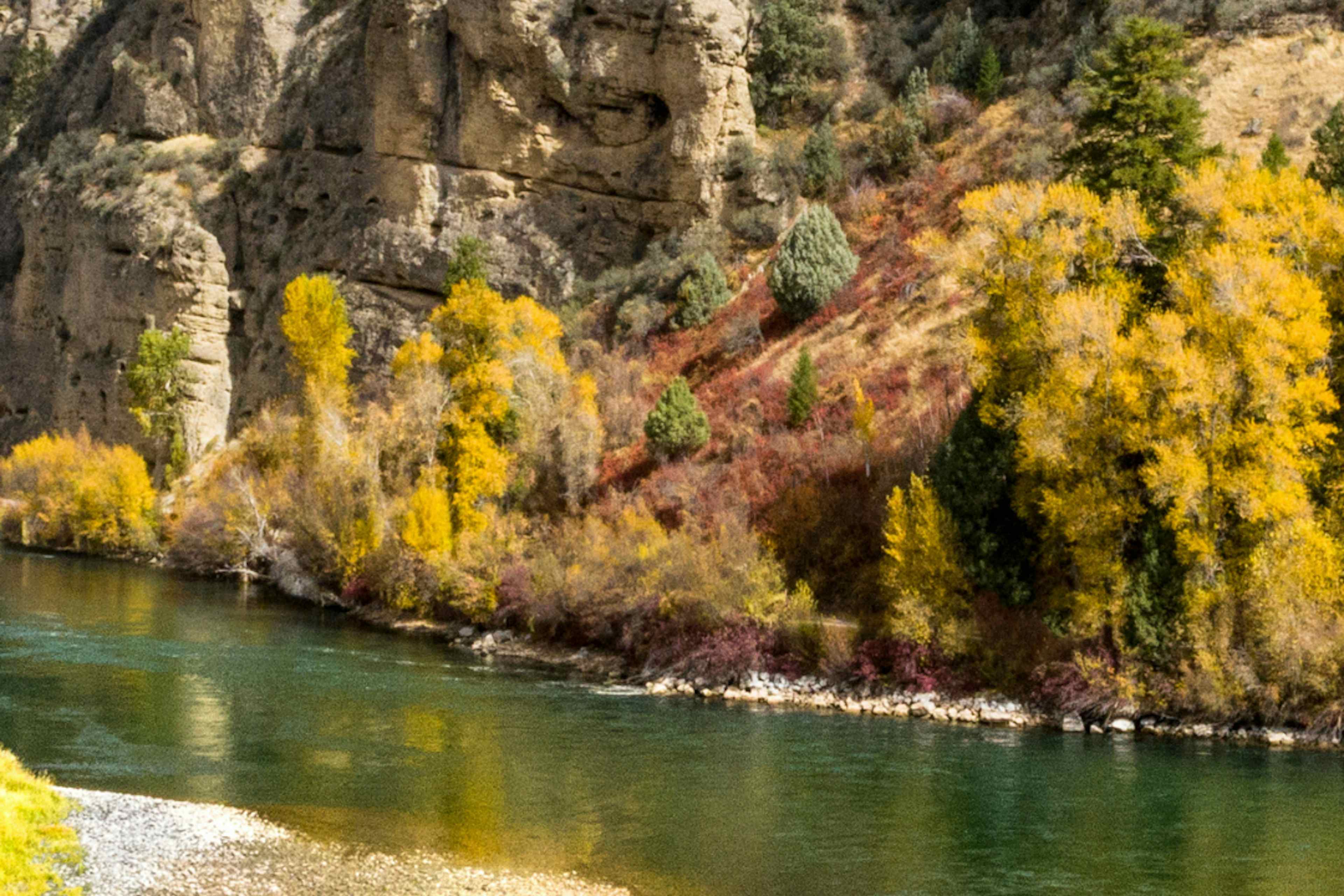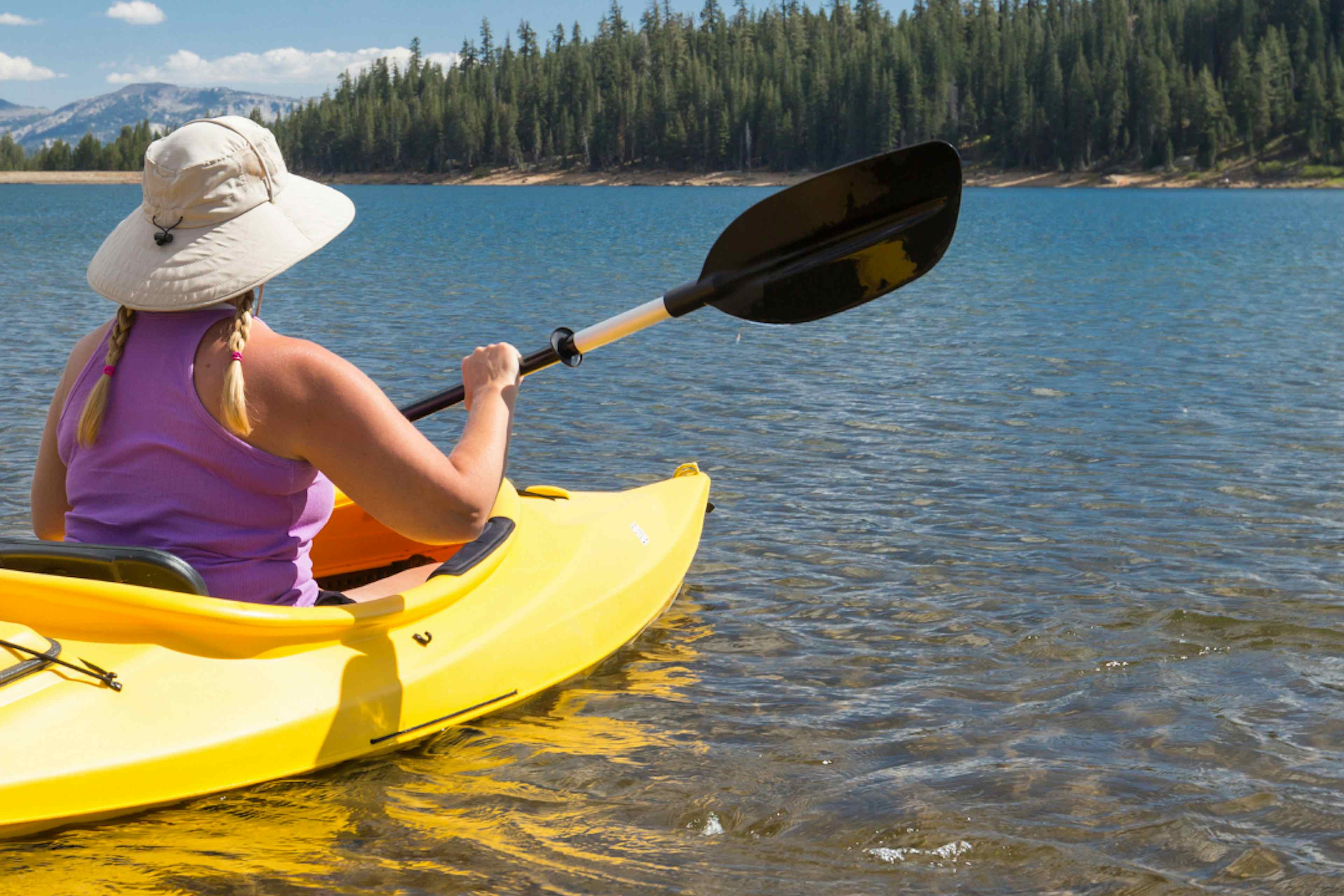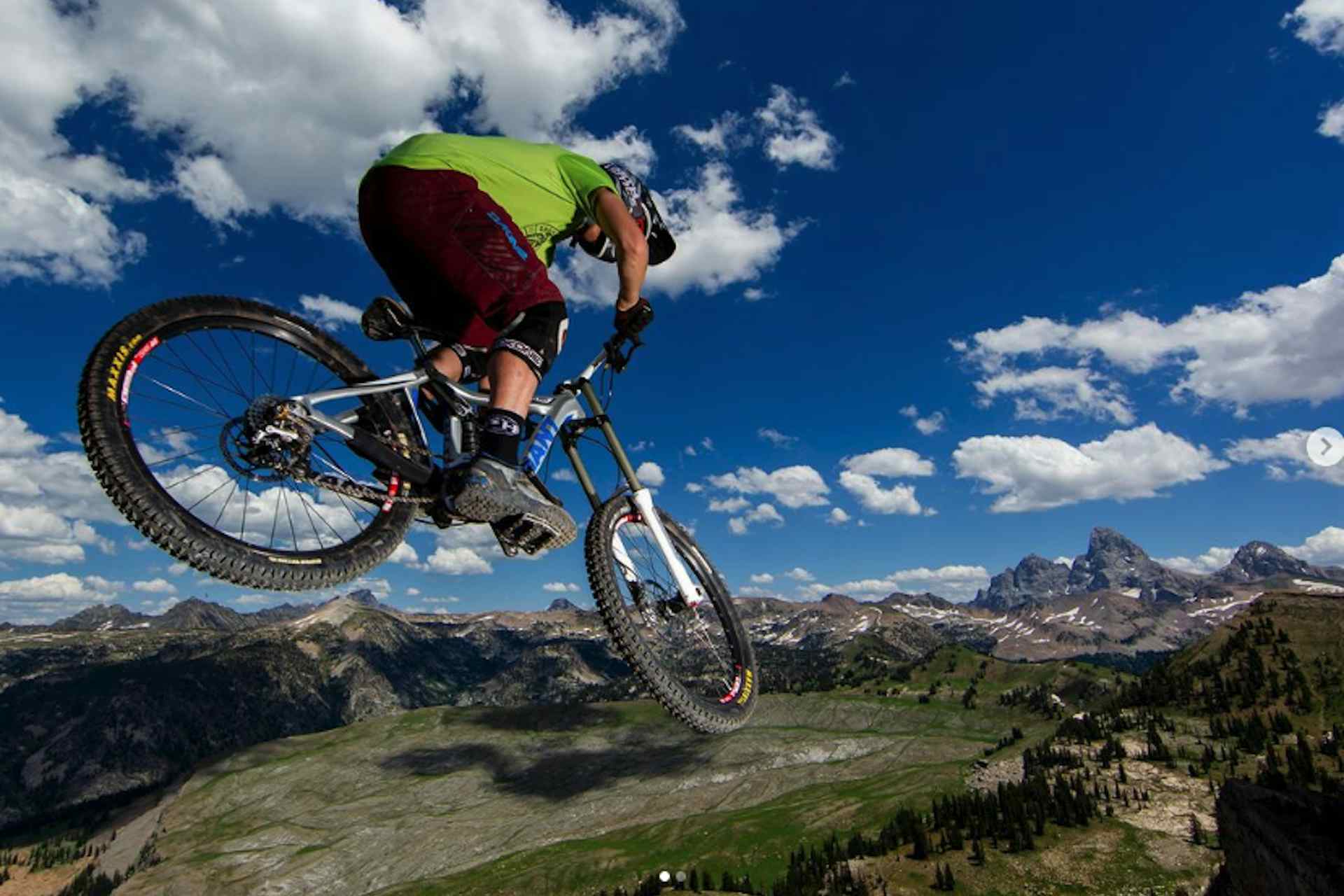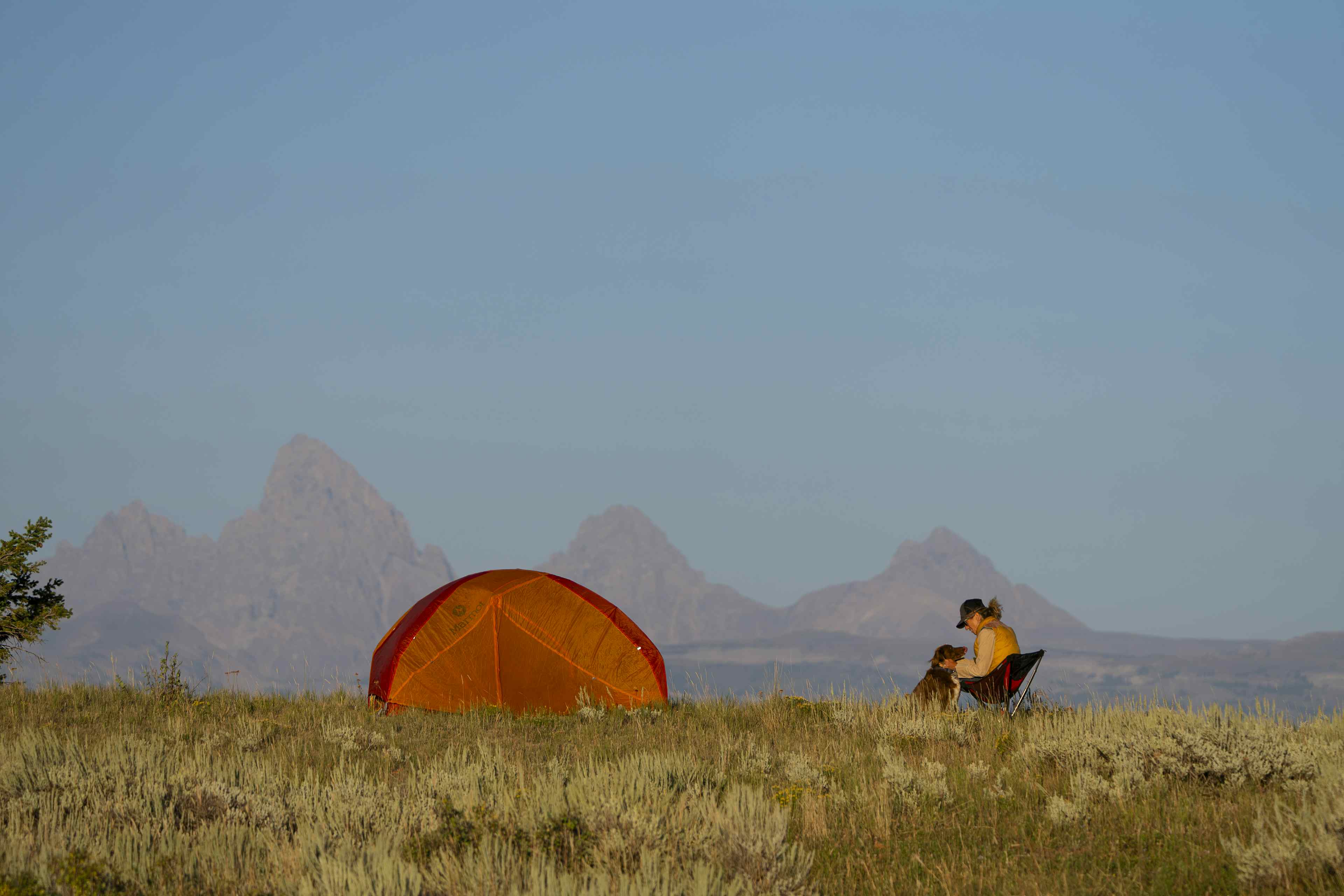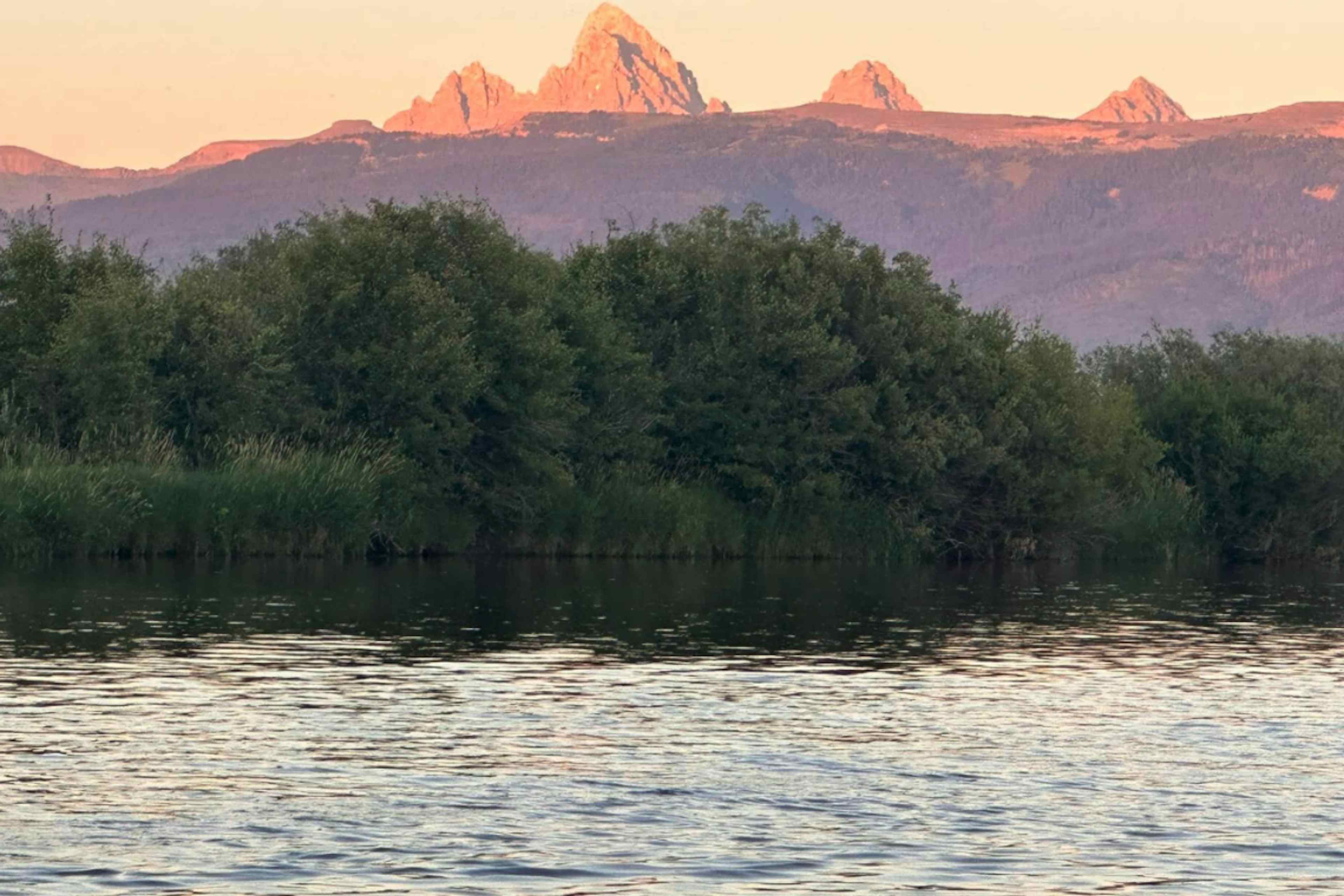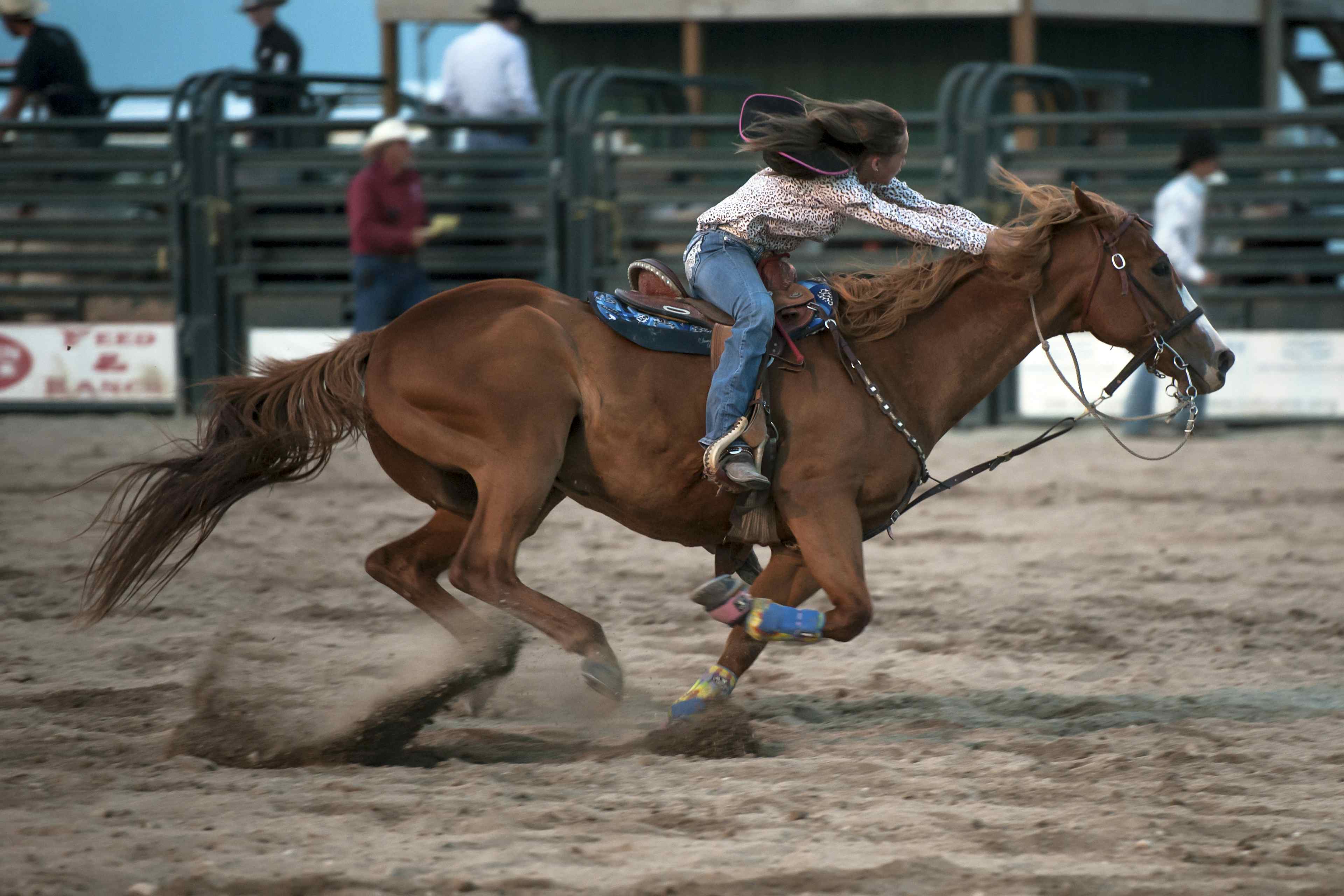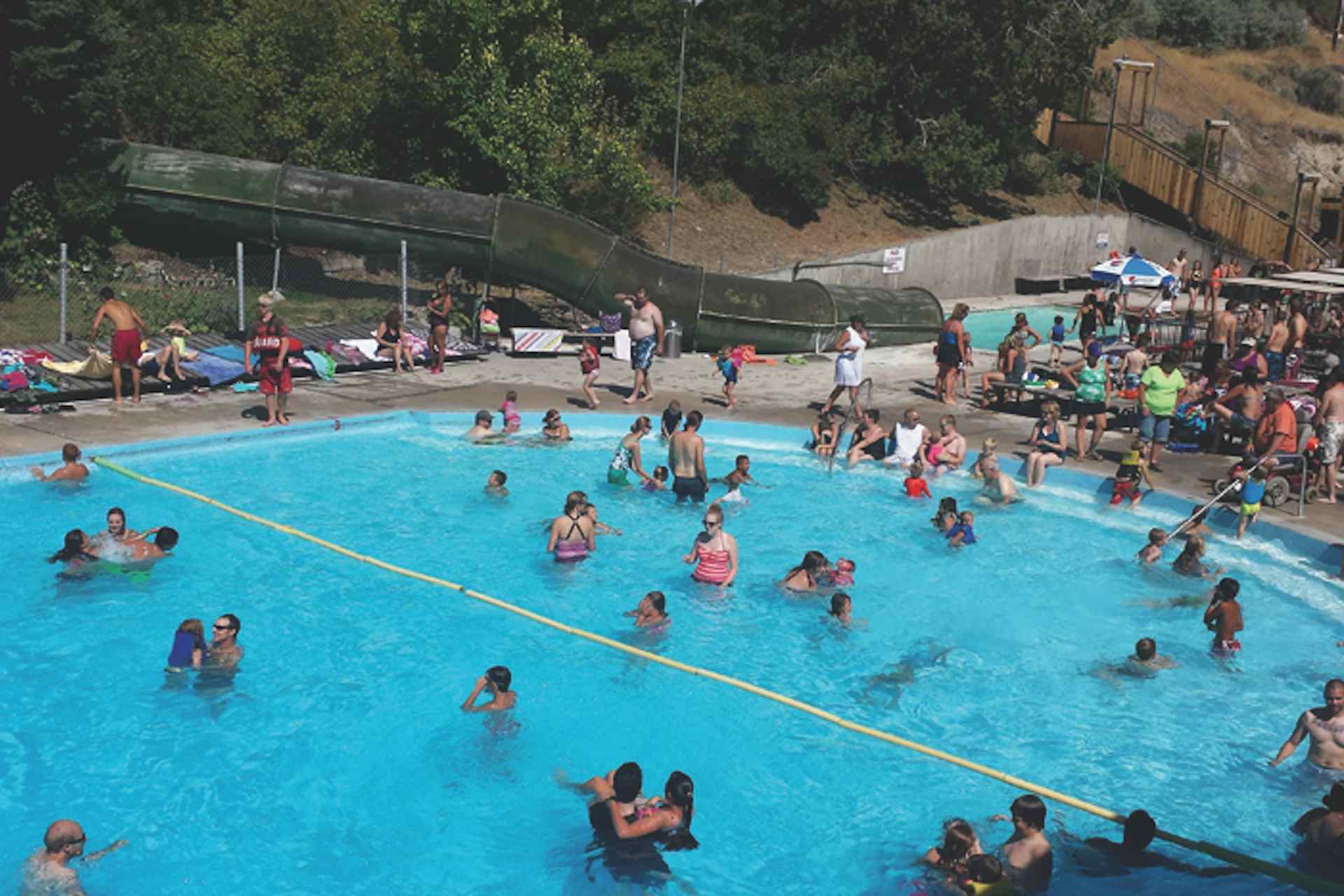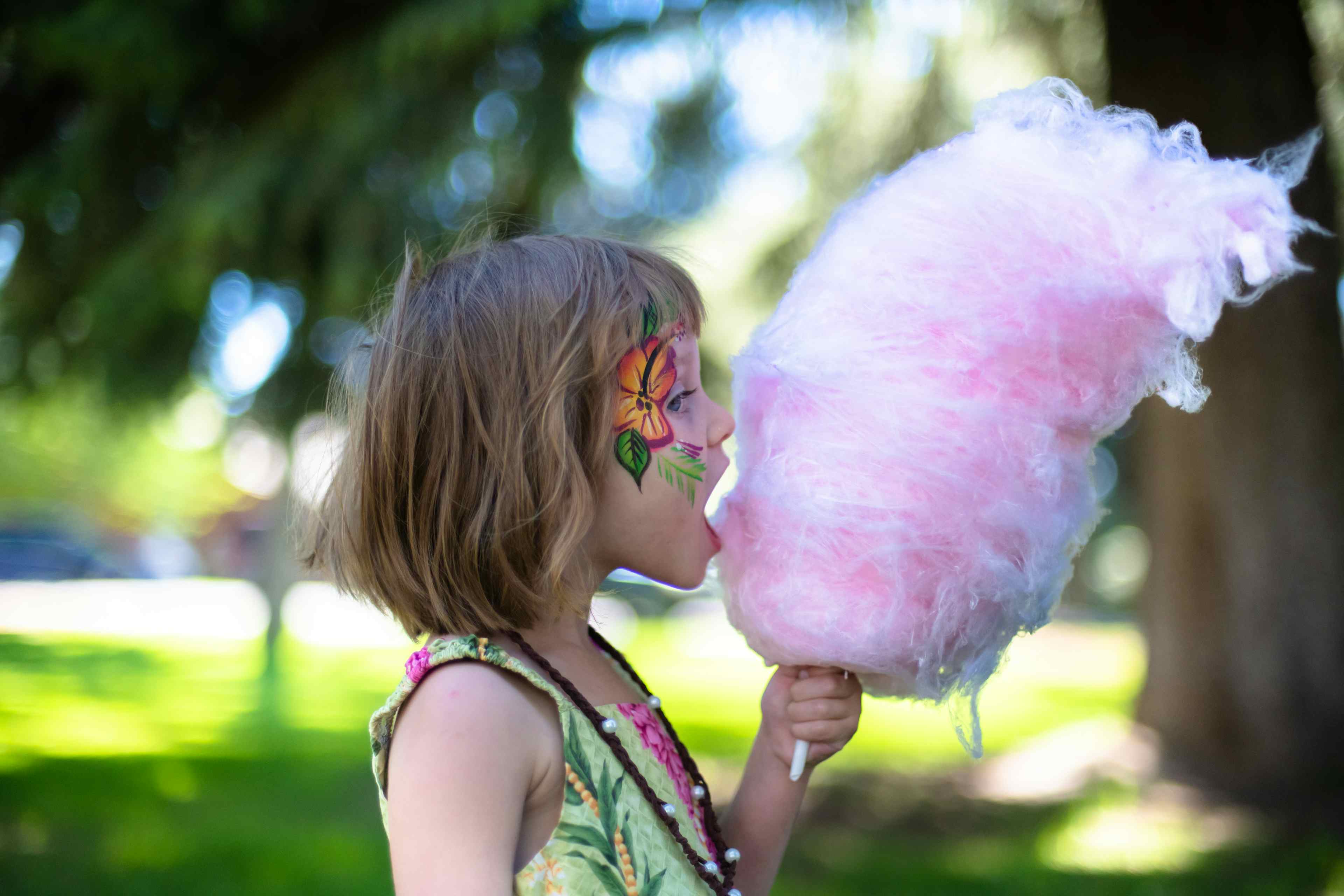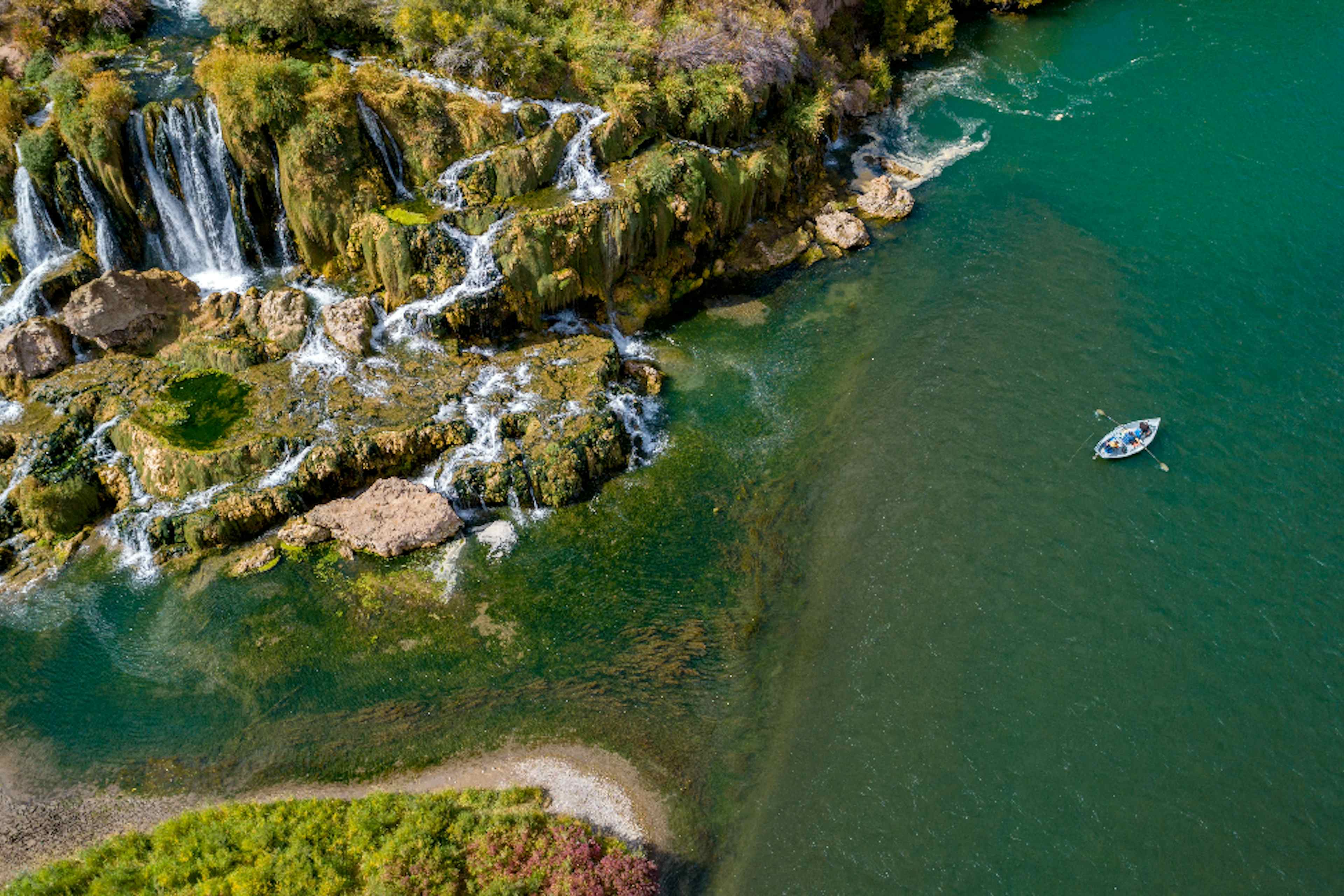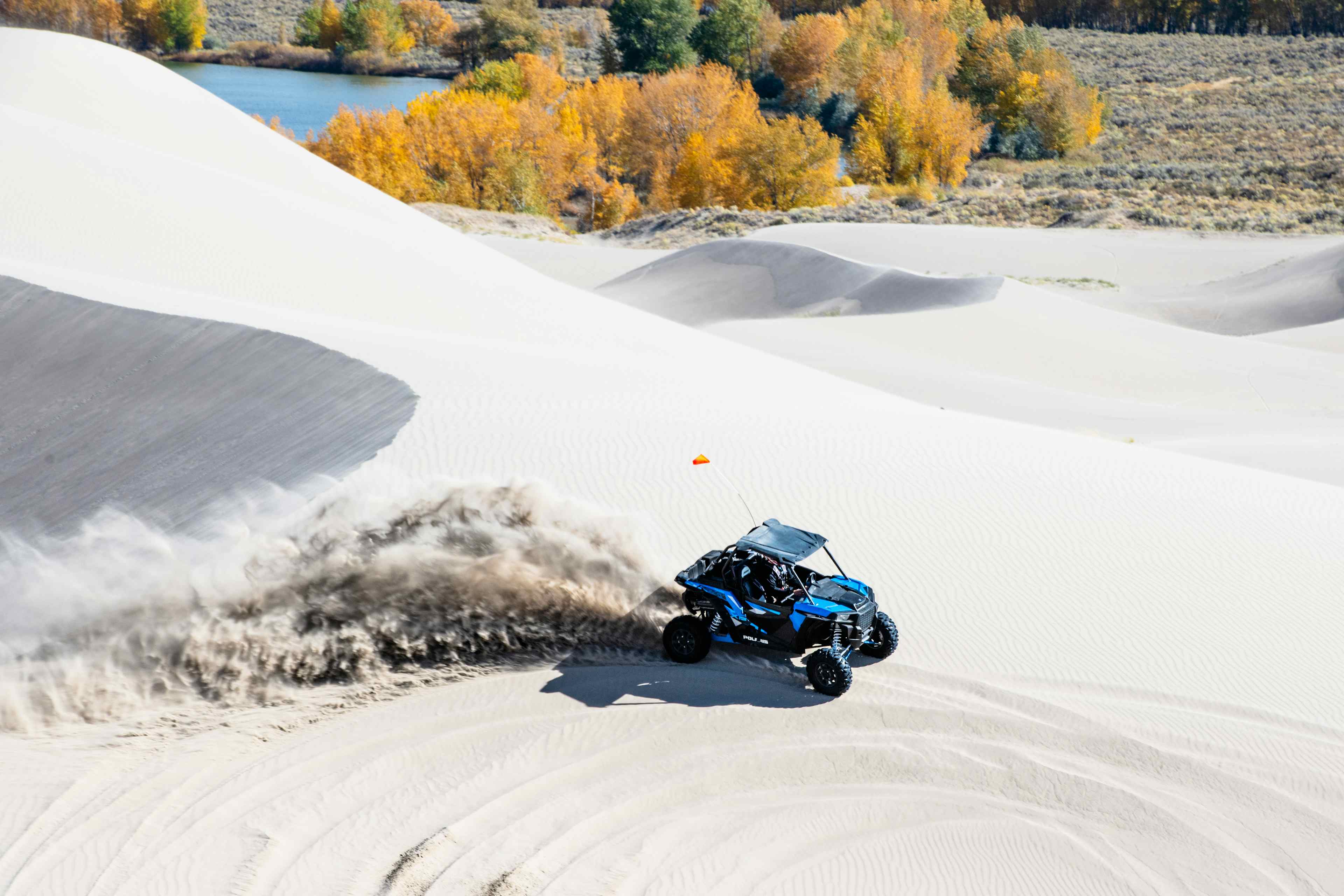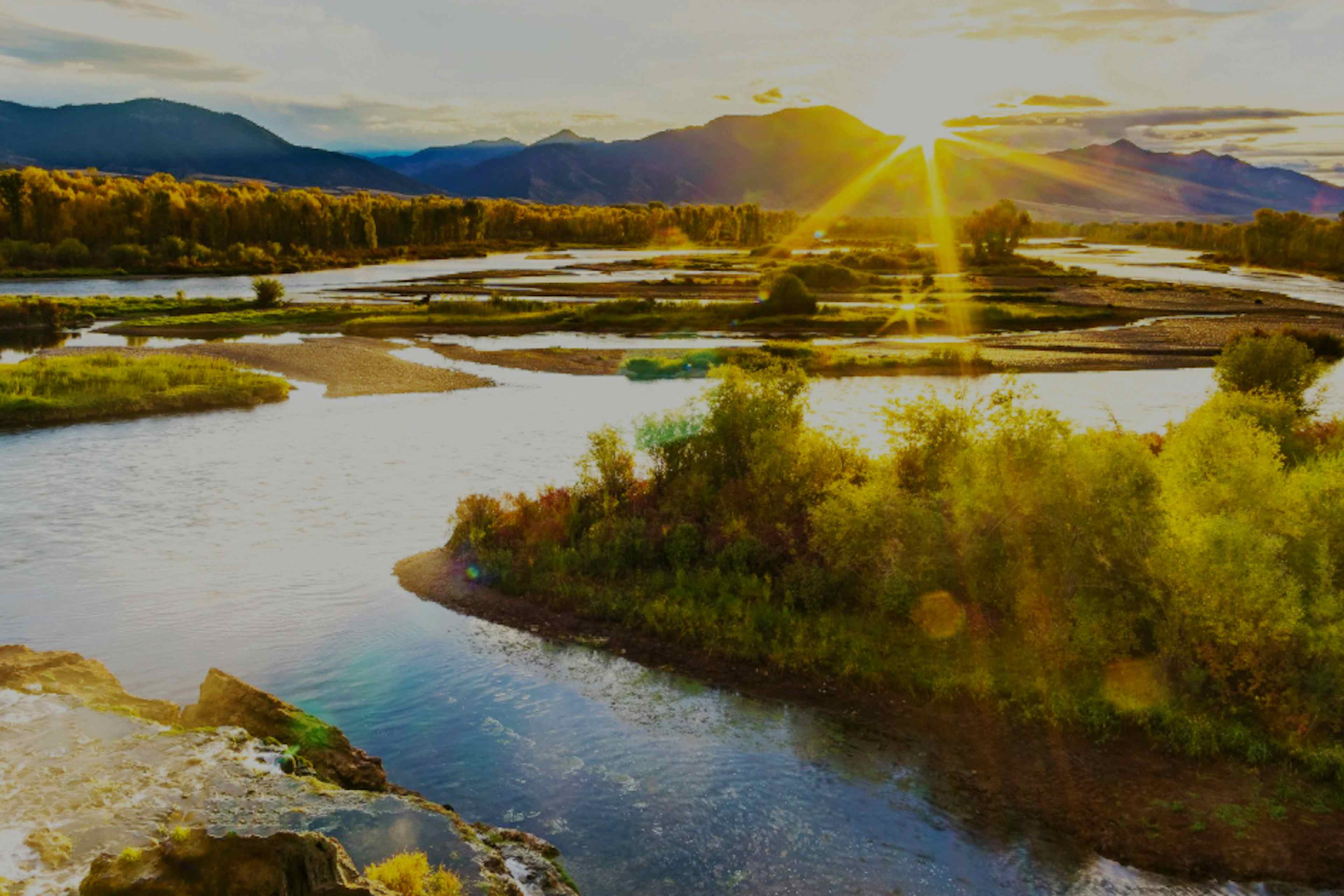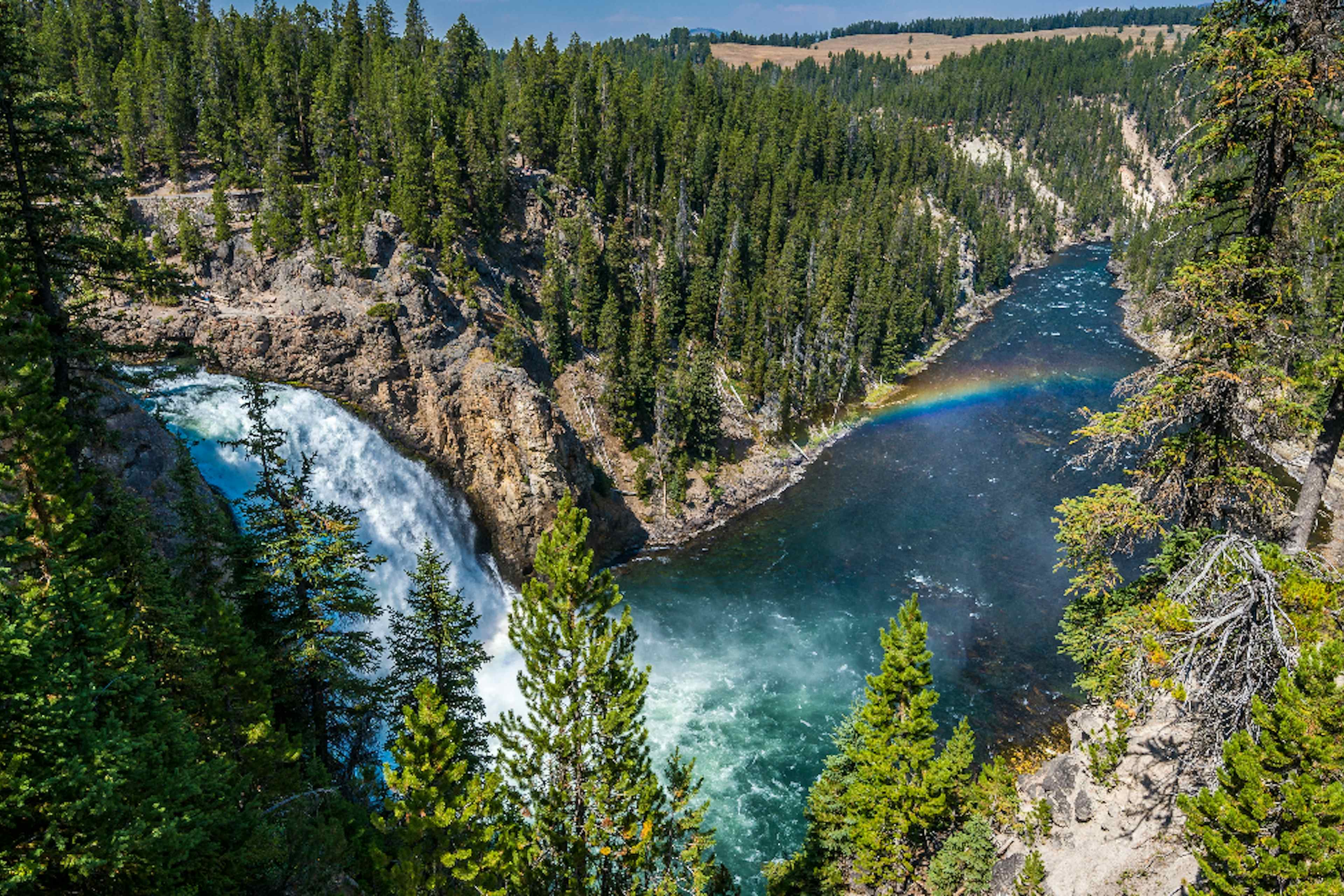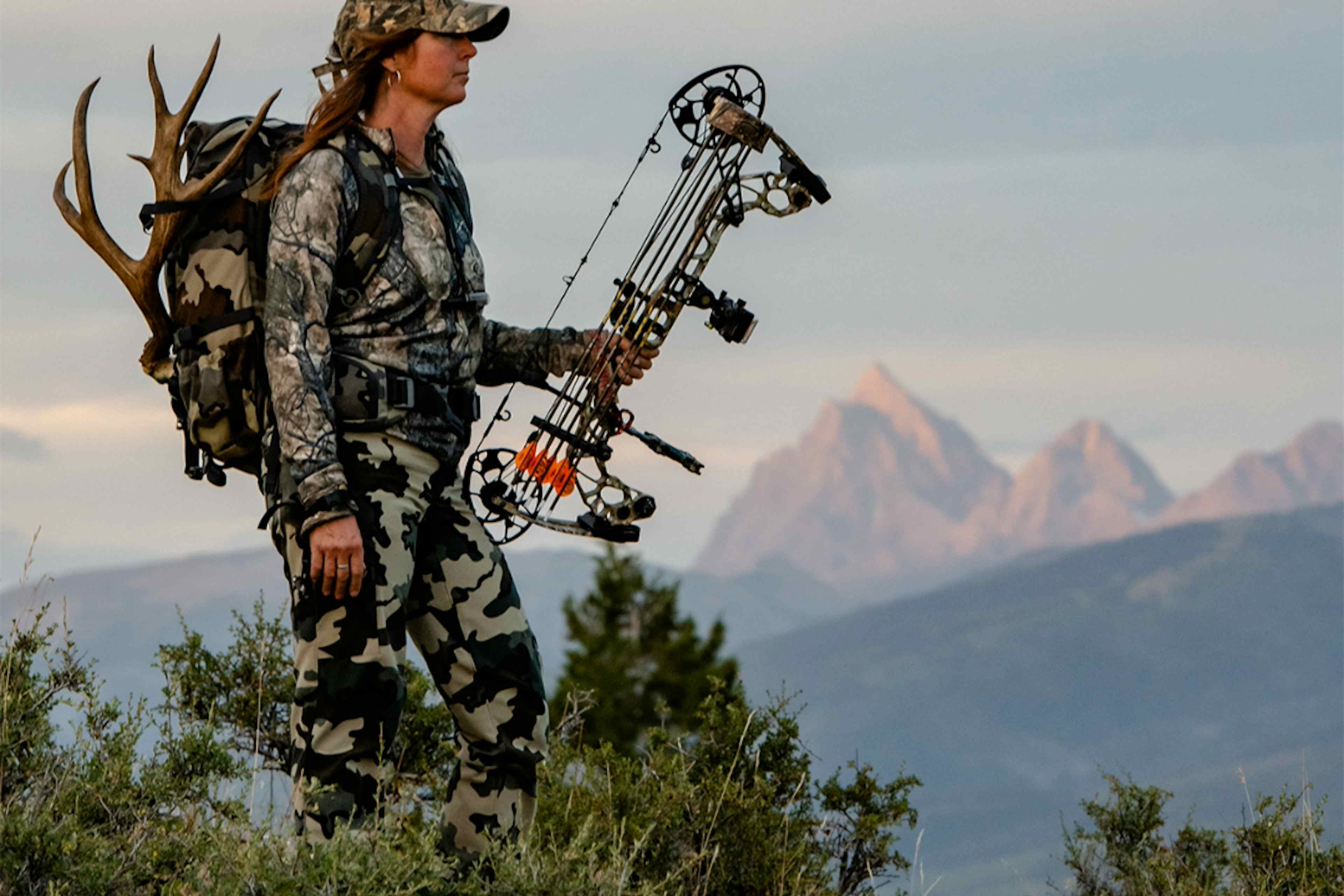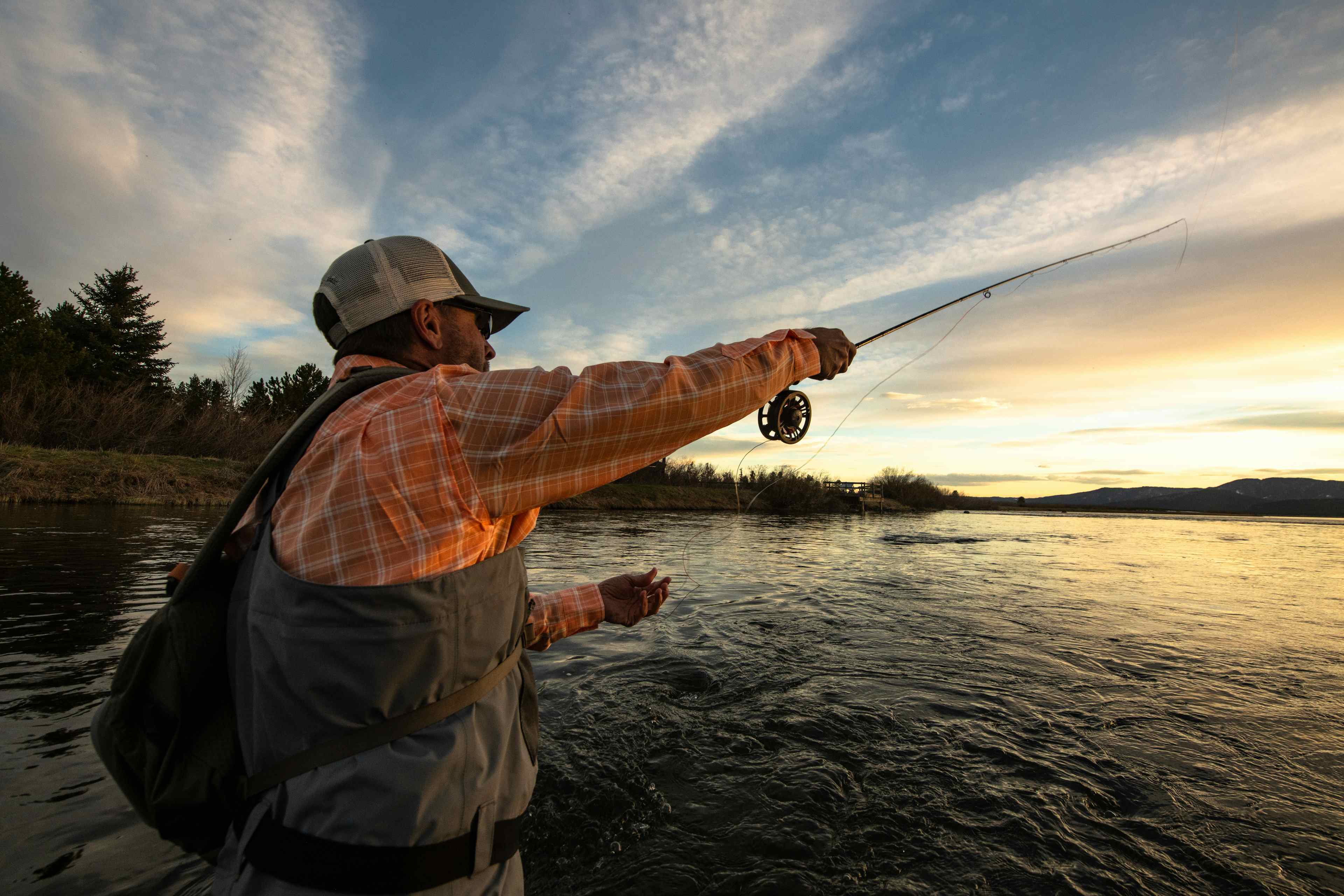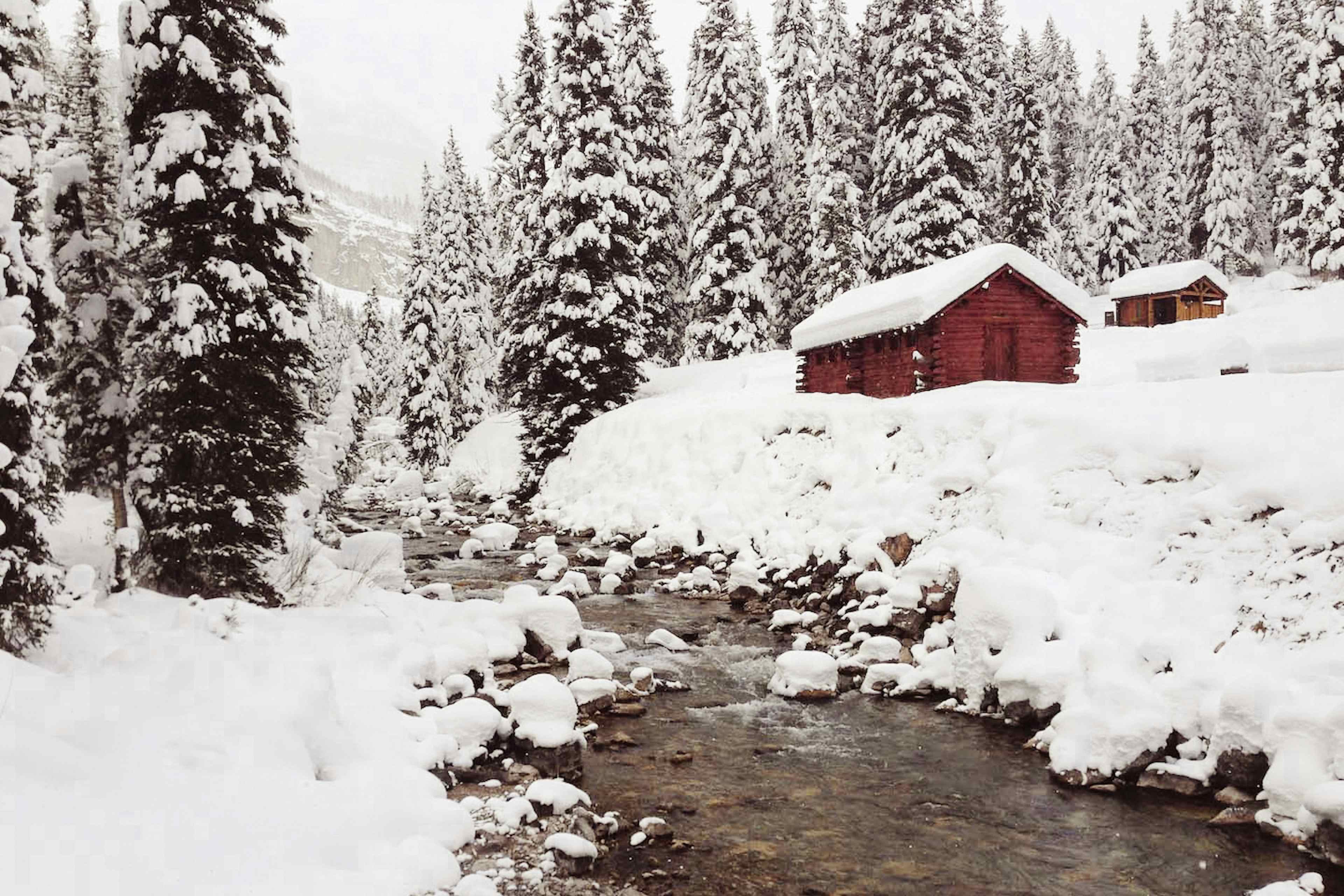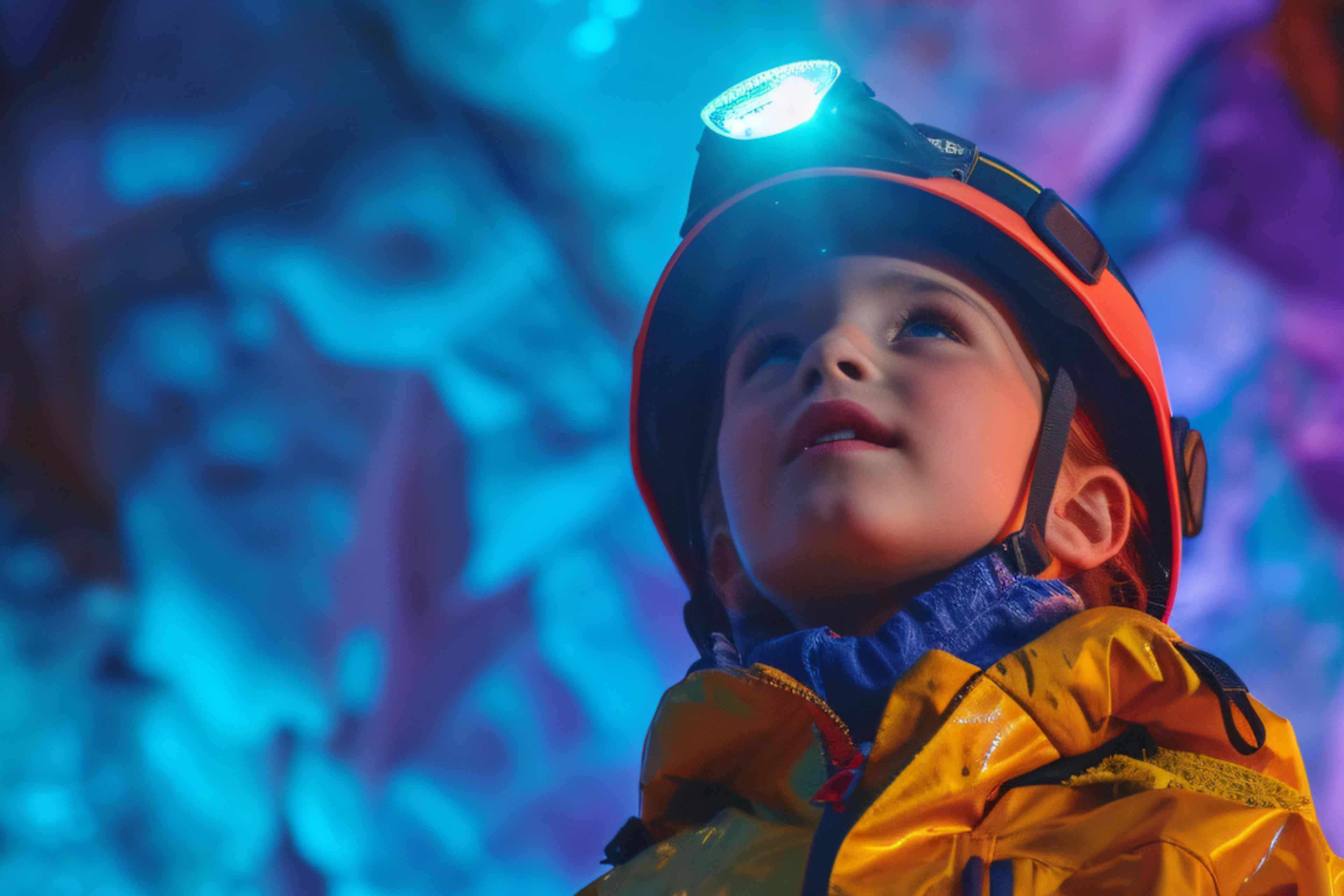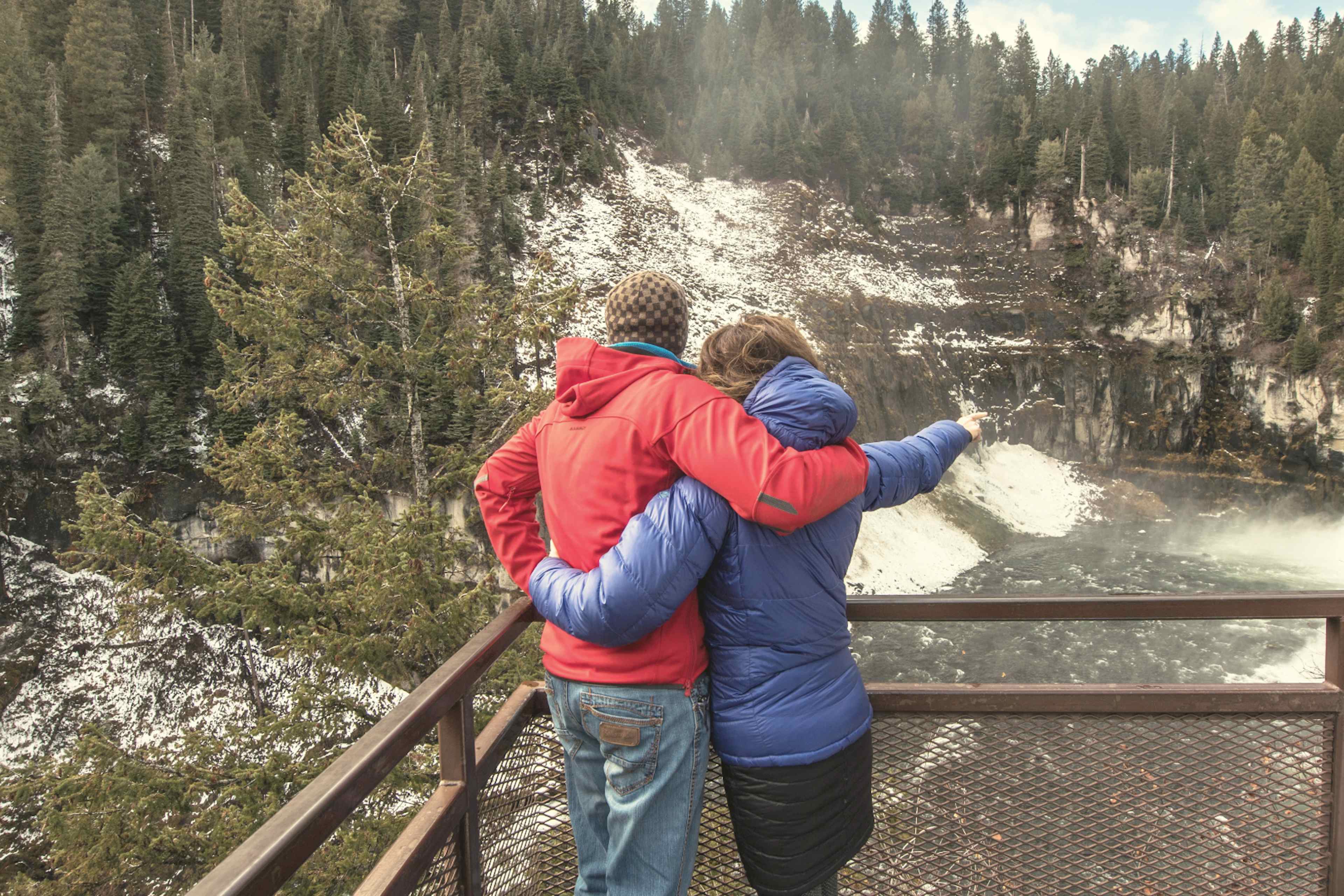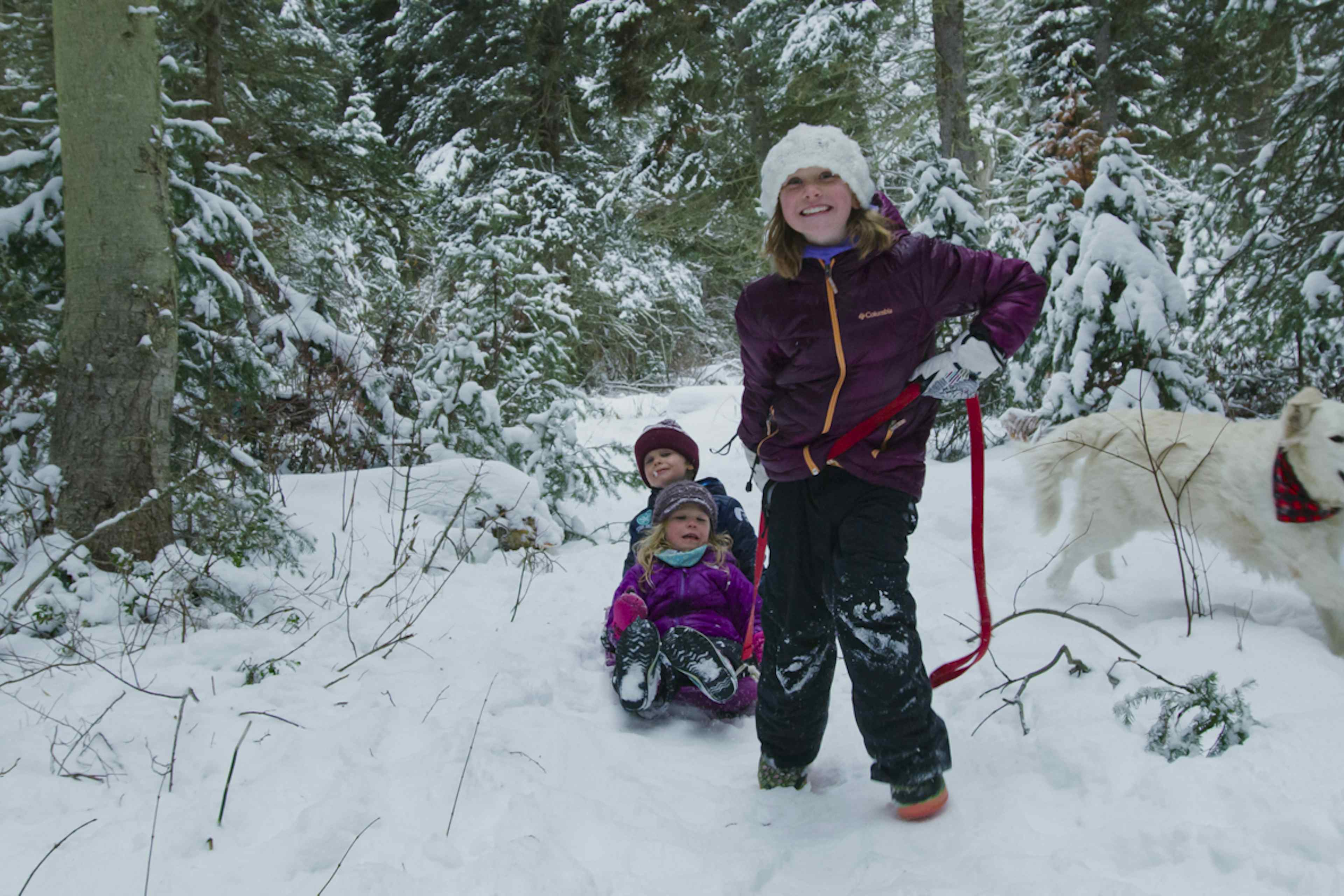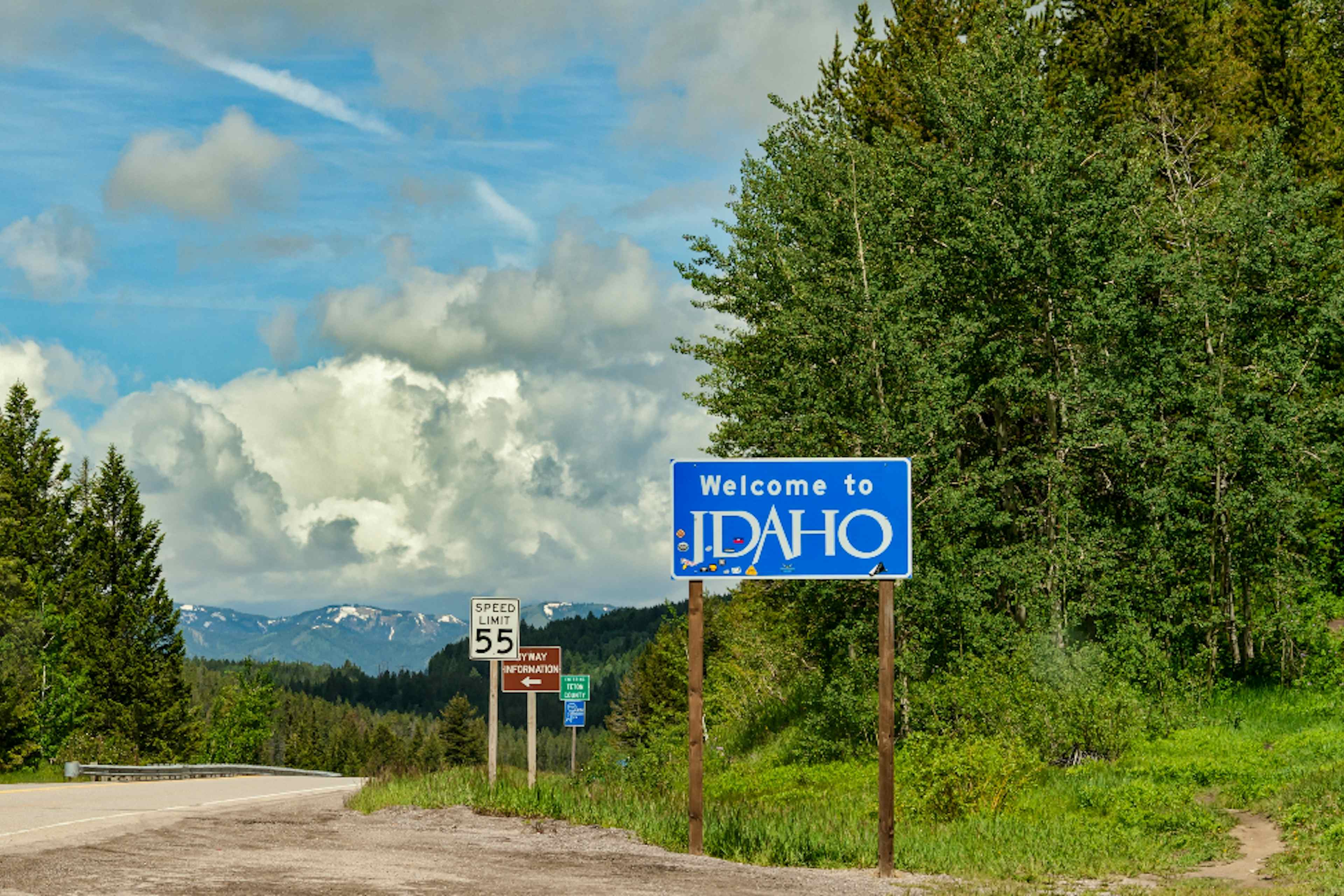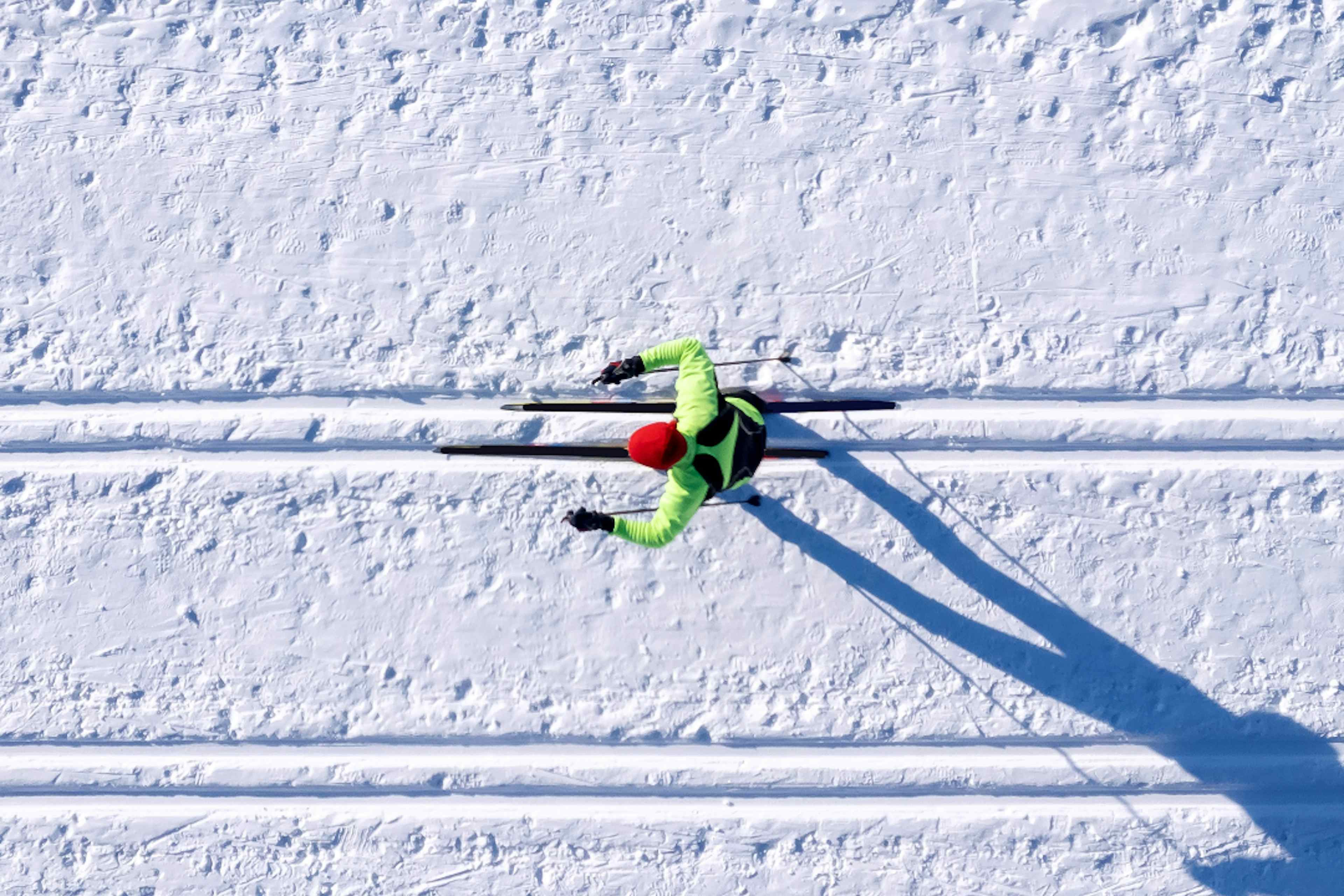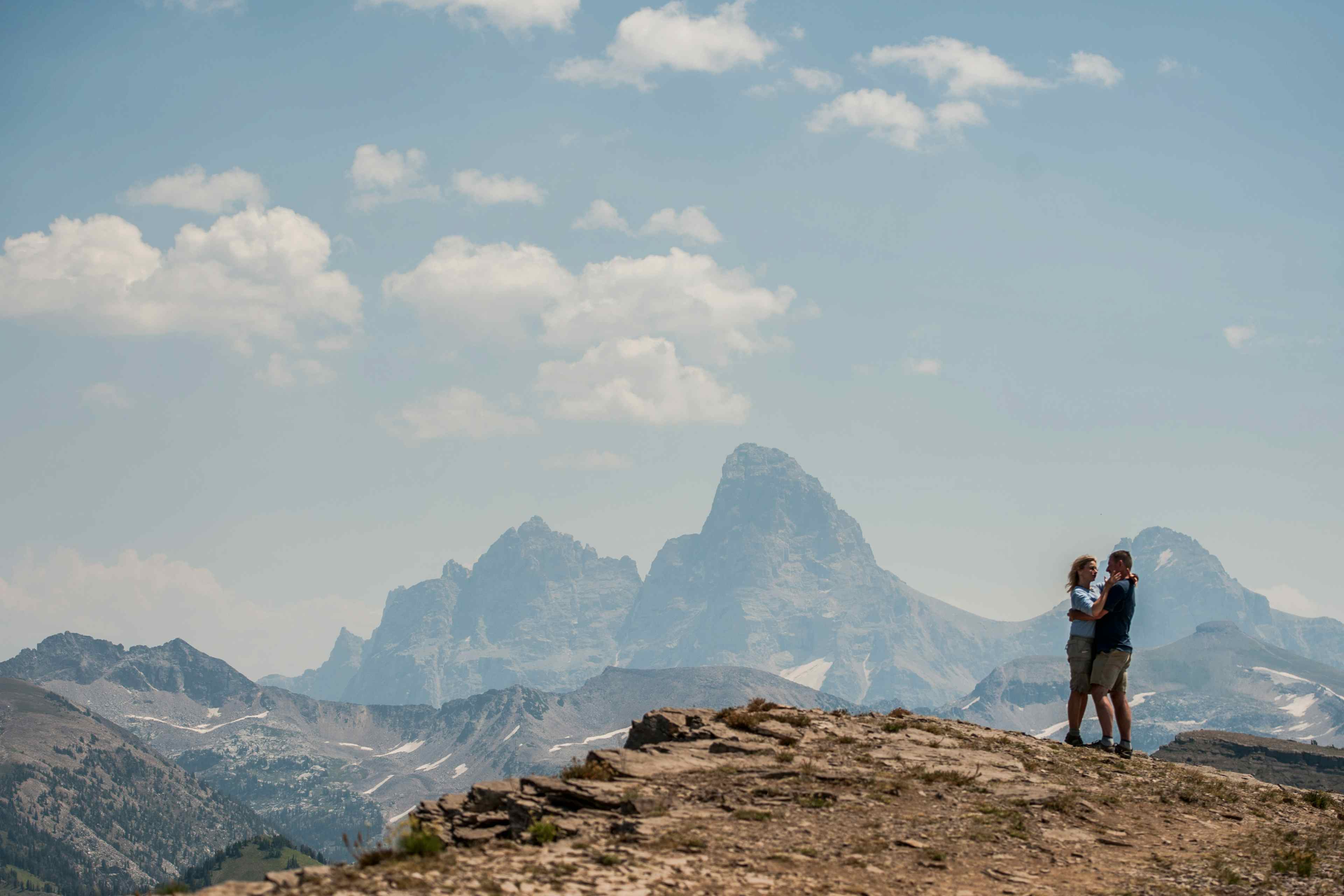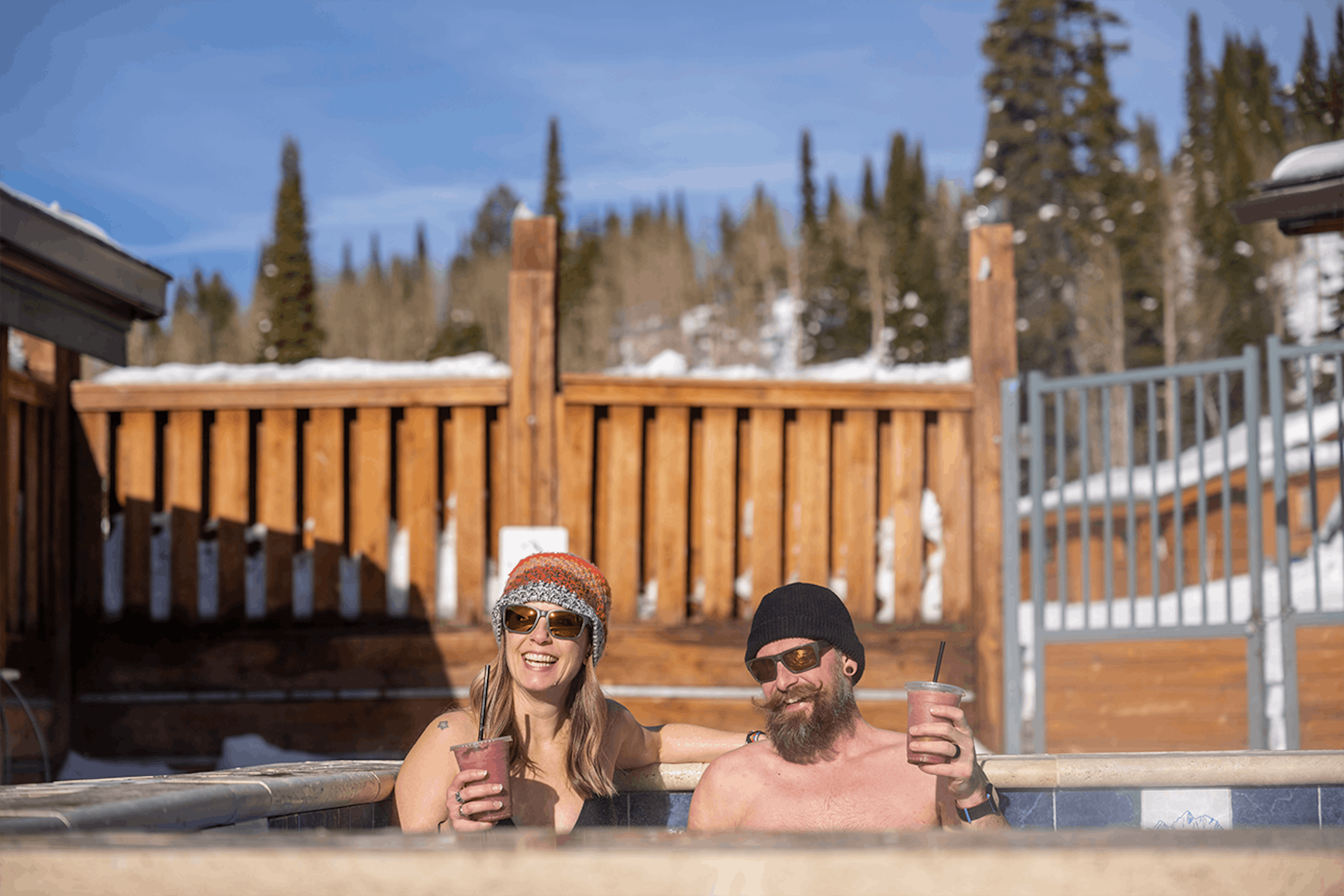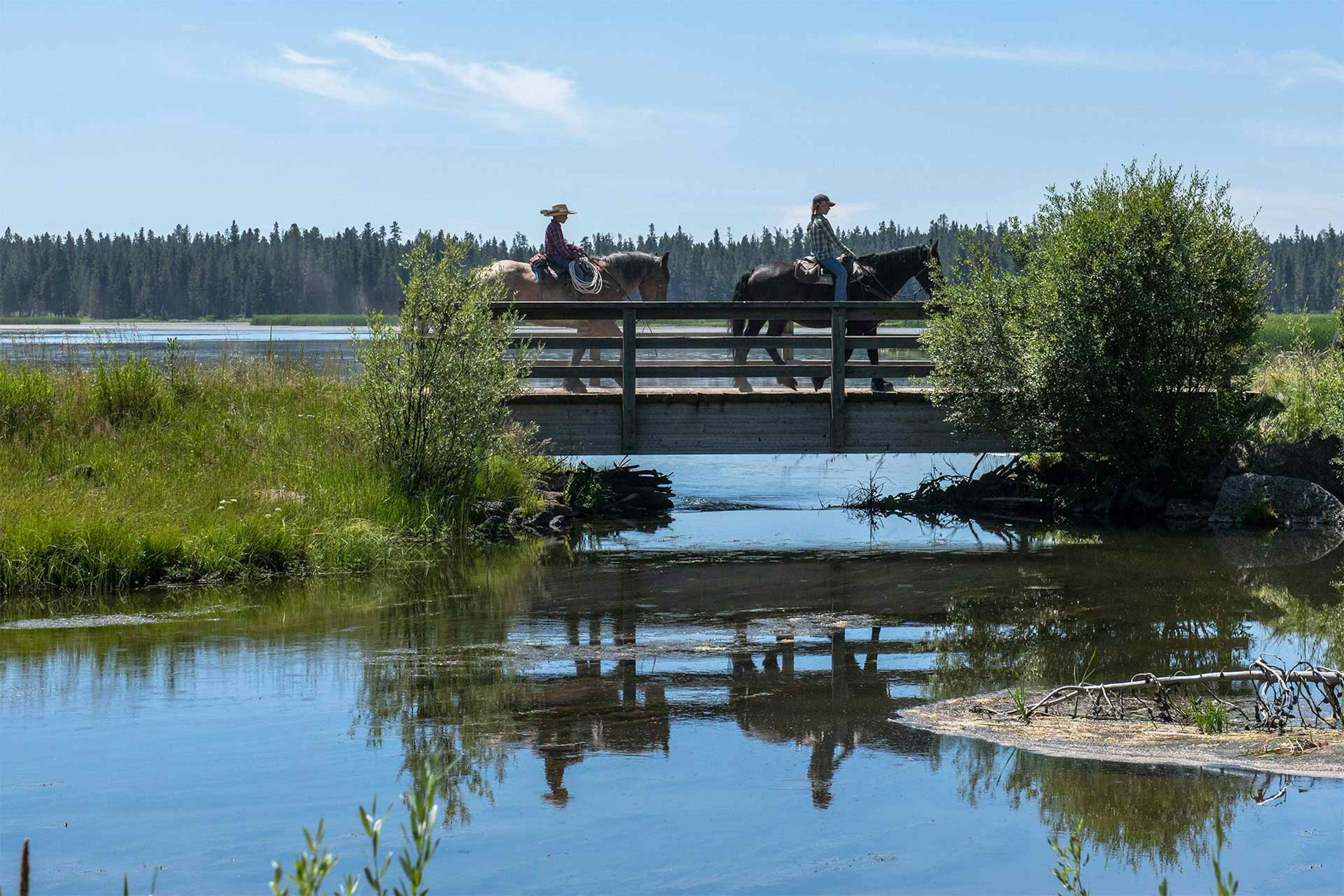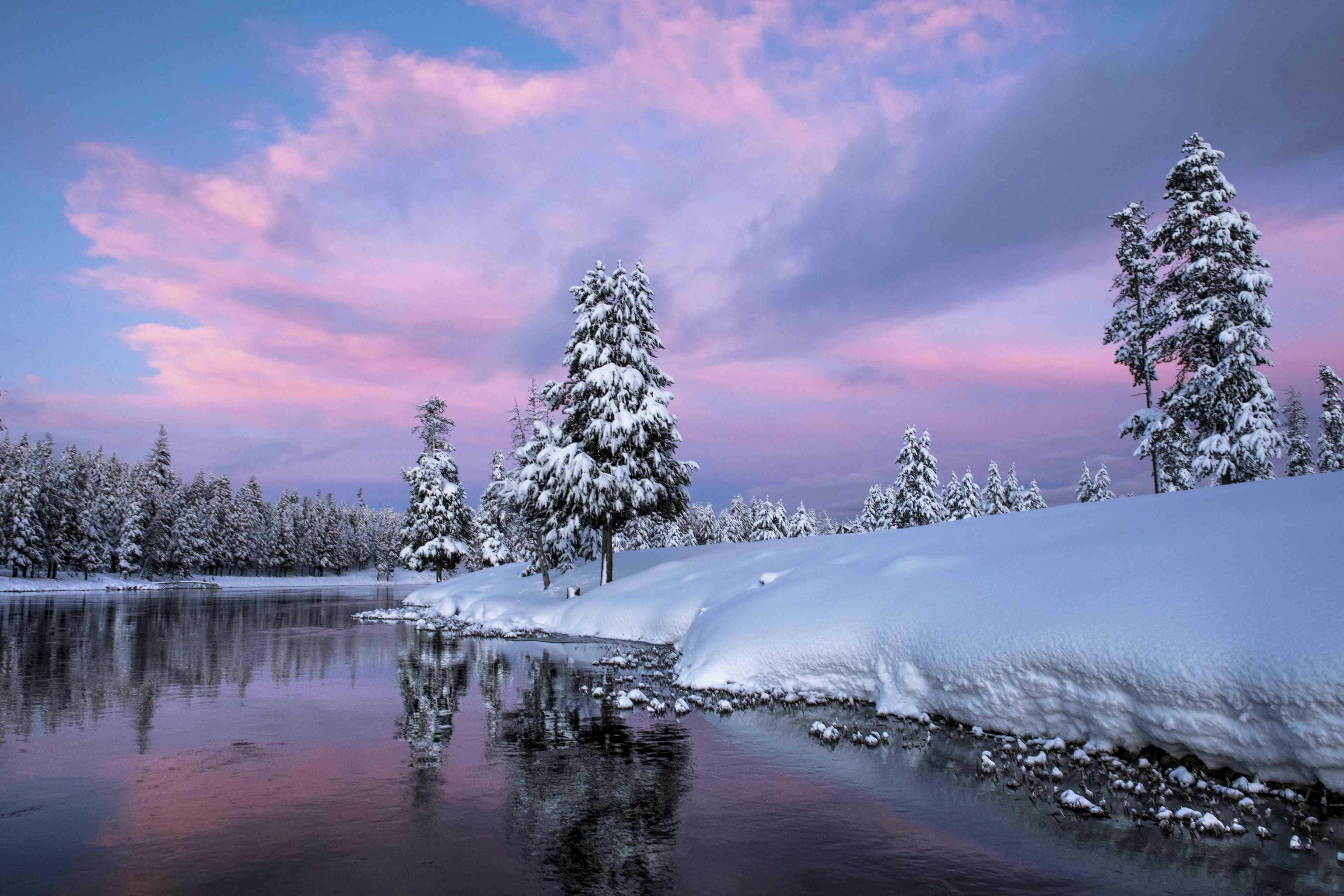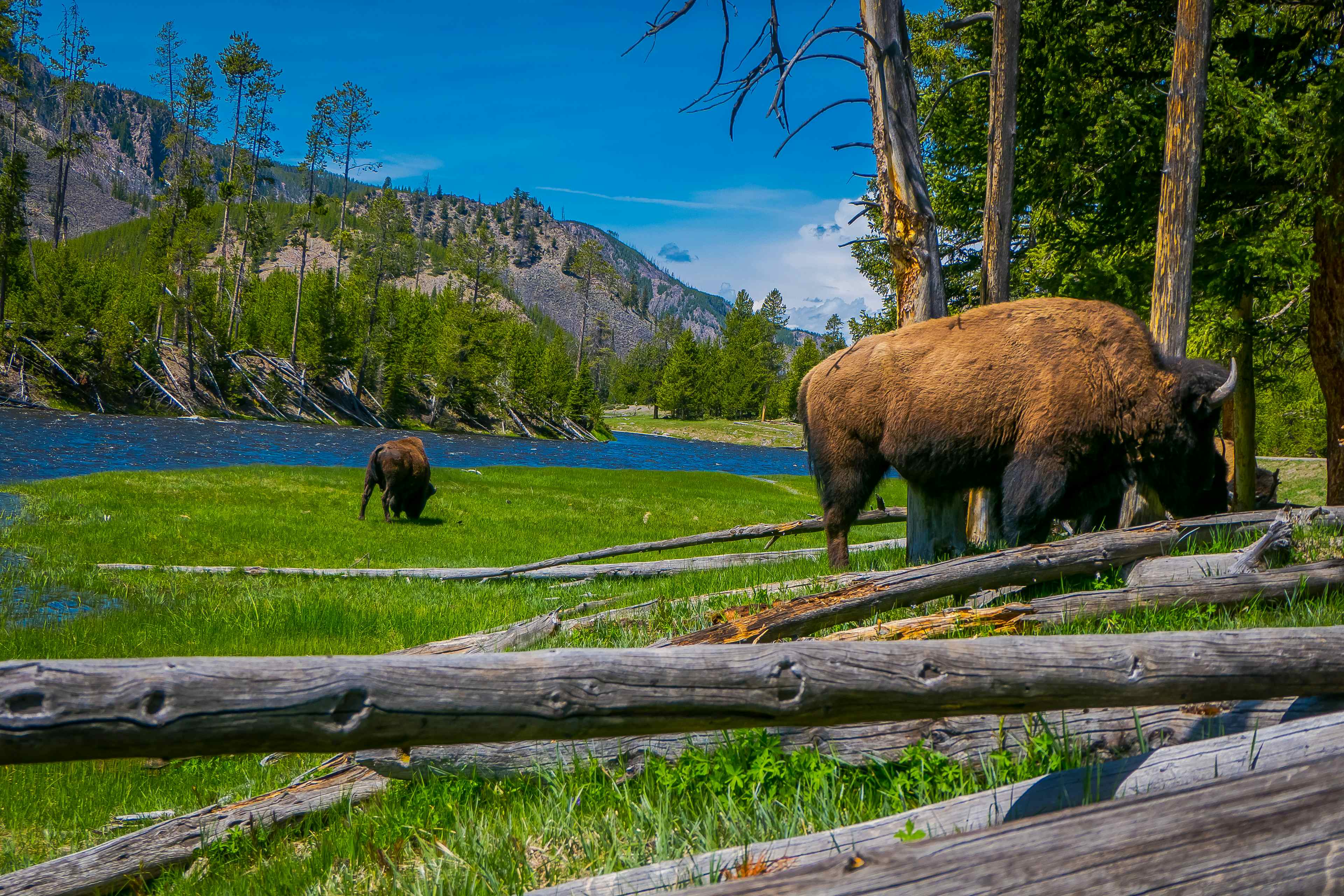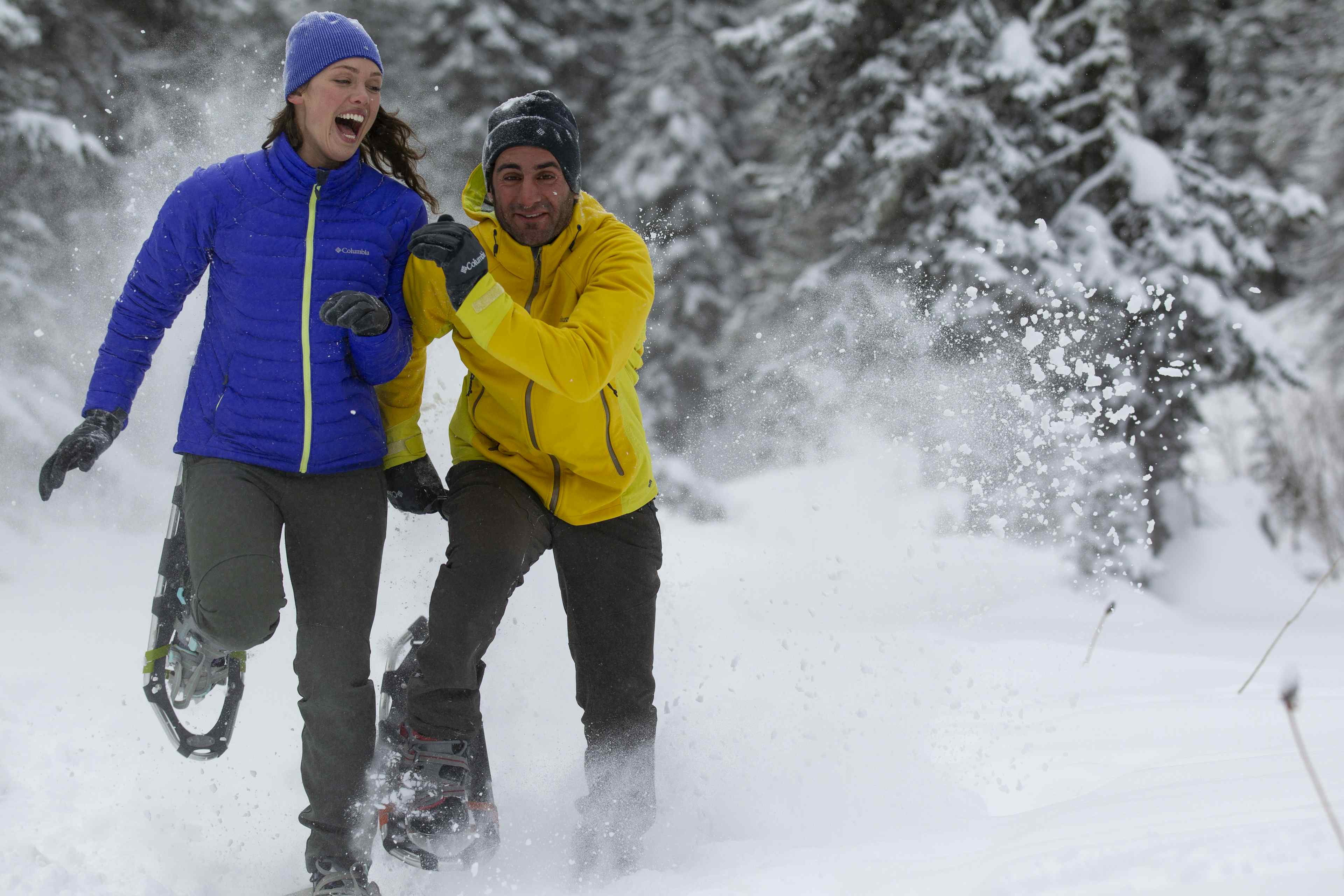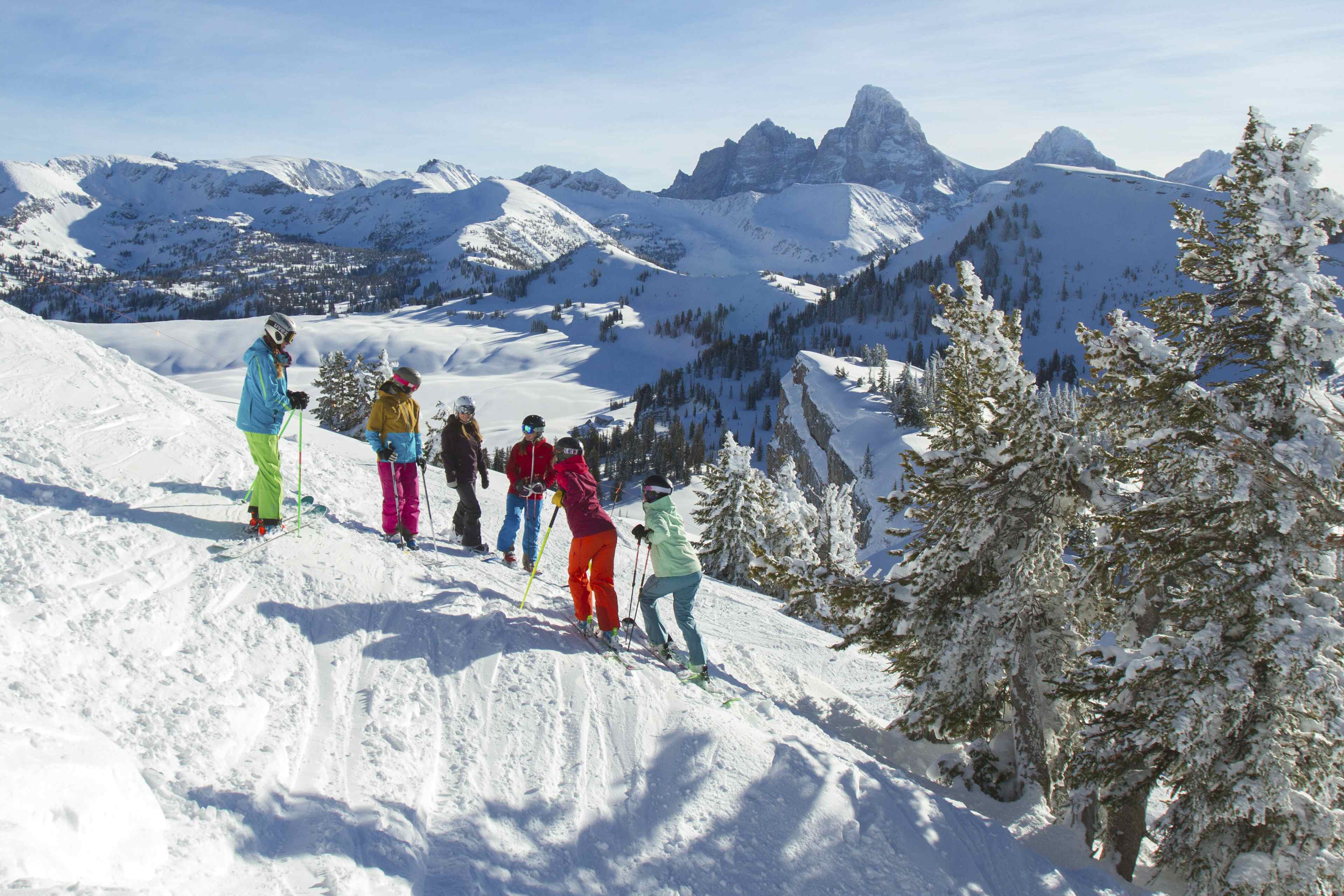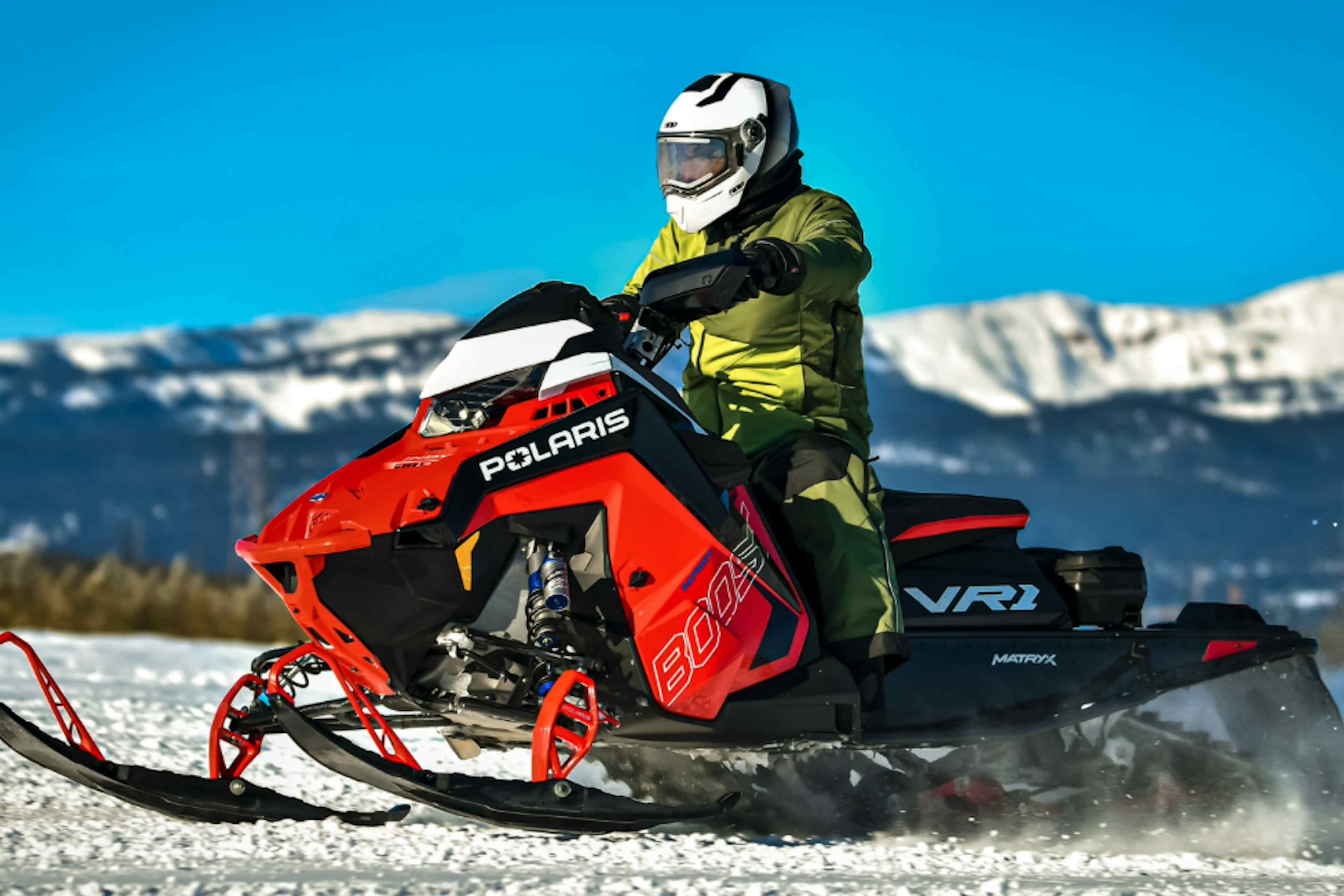Pitch Perfect: Camping in Eastern Idaho
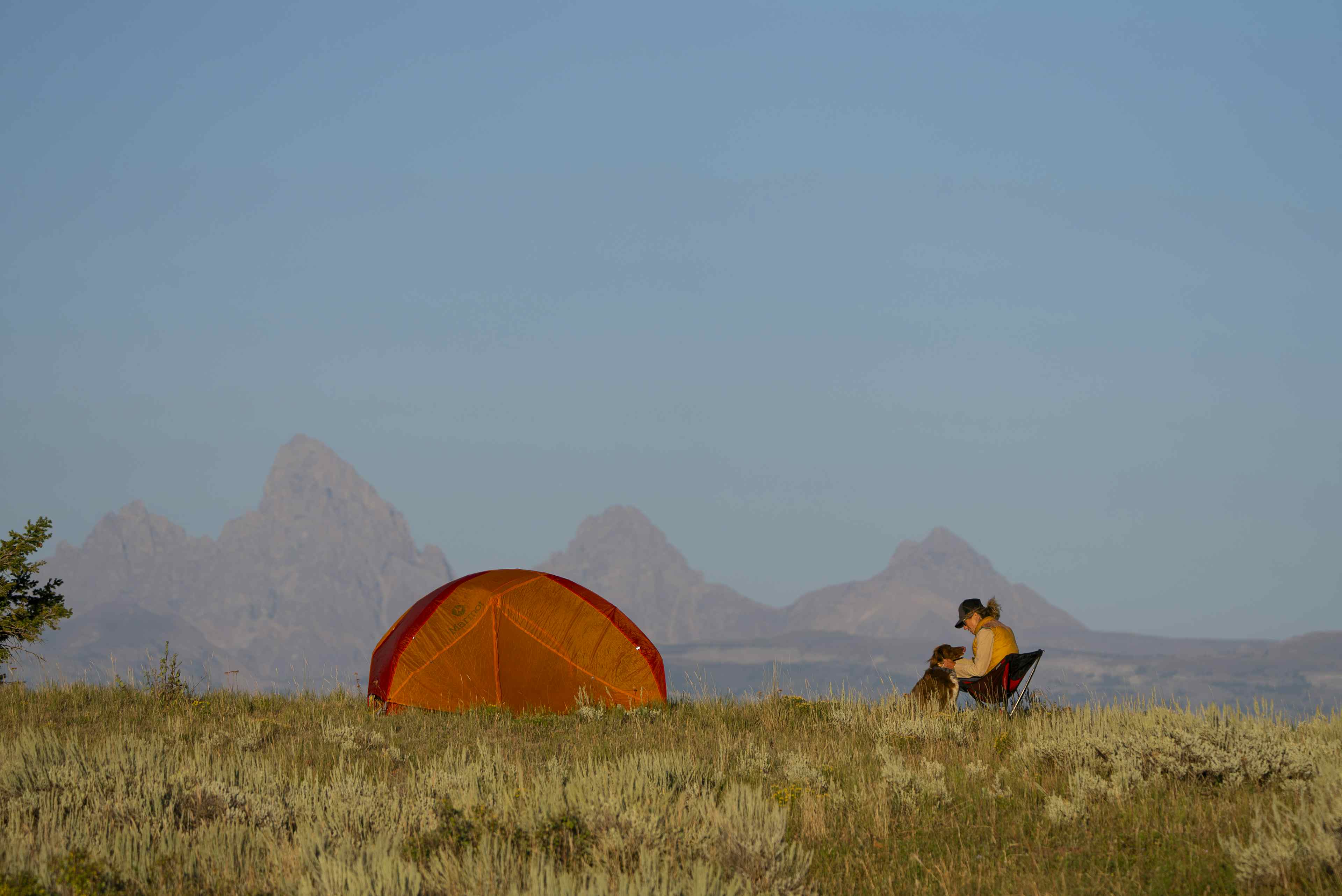
Tent camping enthusiasts, rejoice! Eastern Idaho offers wild and wonderful camping experiences, from Island Park’s rugged volcanic vistas to the picturesque Teton Valley mountain views. Whether angling in pristine waterways or trekking through forests, camping in Eastern Idaho promises spectacular scenery and diverse outdoor pursuits. With Yellowstone Teton Territory as your backdrop, your camping escapade will be pitch-perfect!
>
Choosing Your Own Camping Adventure
Selecting the right campground can greatly enhance your outdoor experience, whether you're seeking the camaraderie of fellow campers or the solitude of a remote natural spot. Throughout Yellowstone Teton Territory, you'll find a diverse range of camping options, from bustling sites with ample amenities to secluded spots where you can be one with nature.
Well-populated campgrounds are the way to go for those who enjoy the buzz of activity and the opportunity to meet fellow adventurers. In Island Park, Buffalo Campground is popular, offering picnic tables and fire pits amidst towering pine trees. Similarly, Teton Valley's Teton Canyon Campground provides stunning views of the Teton Range and easy access to hiking trails, drawing in a steady stream of visitors during the peak season. Idaho Dunes RV is an ideal camping spot for ATV enthusiasts visiting the St. Anthony sand dunes, offering 24 full hook-up sites, 32 partial hook-up sites, and 25 acres for dry camping. The campground provides amenities like free Wi-Fi, ATV rentals, and shower facilities, with reservations needed for hook-ups and first-come, first-served dry camping spots.
However, if you prefer a more tranquil camping experience away from the crowds, dispersed camping in Swan Valley, Ririe, and Clark County provides the perfect escape. In Swan Valley, the Palisades Reservoir and Dam area offers dispersed camping opportunities along its shores, where you can enjoy fishing, boating, and birdwatching in relative seclusion. For a truly off-the-grid experience, head to Clark County's Caribou-Targhee National Forest, where dispersed camping is permitted in designated areas. Wolf Flats Recreation Area in Ririe offers 25 free campsites, but visitors must pack out trash, only burn wood, avoid cutting trees, and not create new camping spots by driving into vegetation. The undeveloped area has no electricity, water, or sewage services, and access is via simple gravel roads, so please drive slowly to minimize dust; nearby attractions include rock climbing, mountain biking, and ATV trails.


>
General Camping Tips
Weather Preparedness
Pack appropriate clothing and gear for the expected weather conditions. Layer clothing and bring waterproof gear to be prepared for sudden changes in temperature, rain, or wind. Eastern Idaho has glorious warm weather but can get cold quickly, with snowfall frequently recorded as late as July. Prepare by bringing layers! Check out our shopping page for the best places to buy gear, clothing, and footwear in Eastern Idaho.
Permits and Regulations
Check for any required permits or regulations for camping, fishing, or hiking in the area. Ensure you understand and comply with all local rules for a safe and enjoyable outdoor experience.


>
Be Bear Aware
In Eastern Idaho, camping means being in bear country, where encounters are likely. With vast wilderness areas, including mountains and forests, bears have ample habitat. Campers must be vigilant and bear-aware, keeping food properly stored and campsites clean to avoid attracting bears. While seeing a bear can be exciting, maintaining a safe distance and following safety guidelines is crucial. Here are a few tips on how to do so:
Store Food Properly
Bear-proof Containers: When camping in bear country, it's crucial to use bear-proof bags and containers to safeguard your food and scented items. Brands like Ursack, BearVault, and Garcia offer durable and reliable options designed to withstand bears' attempts to access food. These products allow campers to enjoy their outdoor adventures without worrying about attracting bears to their campsite.
Hang Your Food: Even if you have food stored in bear-proof bags, hanging your food is recommended. Choose a sturdy tree branch at least 10 feet off the ground and 4 feet away from the trunk. Use a sturdy rope or cord to hoist your food bag, making sure it's out of reach of bears. Some campgrounds provide bear poles specifically for this purpose.
Clean Campsites
Dispose of Waste: Properly dispose of all waste in designated bear-proof garbage bins. These bins are designed to keep odors contained and prevent bears from accessing food scraps. If bear-proof bins aren't available, pack out all trash and food waste to keep your campsite clean and free of attractants.
Cook Away from Tent: Set up a designated cooking area at least 100 feet from your sleeping area. Cooking near your tent can leave food odors that attract bears. Also, avoid cooking strong-smelling foods like bacon or fish that may entice curious bears to investigate your campsite.
Scented Items: Store all scented items, including toiletries like toothpaste, soap, and deodorant, in bear-proof containers. Avoid bringing scented items into your tent to minimize the risk of attracting bears.
Clothes: After cooking, avoid sleeping in clothes that carry food odors. Store these clothes with your food away from your tent, or hang them with your food bag to keep them scent-free.


Be Aware While Hiking
Make Noise: While hiking, make noise to alert bears of your presence. Talk loudly, clap your hands, or sing to prevent surprising a bear, especially in areas with dense vegetation or blind spots. These precautions work for moose as well. Bears might have claws and teeth, but moose move just as fast, and a well-aimed kick can be lethal.
Travel in Groups: Whenever possible, hike in groups. Bears are less likely to approach larger groups of people, reducing the risk of a bear encounter. Plus, hiking in a group enhances safety and provides support in case of an emergency.
Bear Encounters
If You See a Bear: If you encounter a bear, remain calm and avoid sudden movements. Slowly back away while facing the bear, speaking calmly to assert your presence. Do not run, as it may trigger a chase response.
Bear Spray: When venturing into bear country, it's essential to carry bear spray for added safety. Brands like Counter Assault, Frontiersman, and Udap offer effective bear sprays designed to deter bear encounters. Store your bear spray in a holster attached to your belt or backpack strap to ensure it is easily accessible. Familiarize yourself with its proper use, including how to deploy it quickly in the event of an encounter. Bear spray is highly effective as a last line of defense against charging bears.
Report Sightings: If you encounter a bear or observe signs of bear activity, report it to campground hosts or rangers immediately. They can assess the situation and take appropriate action to minimize the risk to campers and the bear.


>
Campground Etiquette
Campsite etiquette is expected across Eastern Idaho, from well-populated campgrounds to dispersed camping areas. In popular sites, it's essential to respect designated camping spots and adhere to campground regulations. This includes properly disposing of waste in provided bins, minimizing noise levels to respect other campers, and following fire restrictions to prevent wildfires. Additionally, campers should be mindful of their impact on the environment, staying on designated trails and avoiding damaging vegetation.
In dispersed camping areas, practicing Leave No Trace principles is crucial. Campers should select a campsite at least 200 feet away from water sources to protect riparian areas and wildlife habitats. Properly disposing of human waste by burying it in a cathole at least six to eight inches deep and packing out all trash ensures minimal impact on the ecosystem. Additionally, campfires should be built in existing fire rings or using a portable stove to prevent scarring the landscape.
Respecting wildlife is also essential in all camping areas across Eastern Idaho. Campers should never feed or approach wildlife, which can habituate animals to human presence and disrupt their natural behaviors.
By practicing responsible camping behavior, campers can enjoy the beauty of Eastern Idaho's wilderness while preserving it for future generations to enjoy. We want your Yellowstone Teton Territory camping adventure to be safe and enjoyable.


